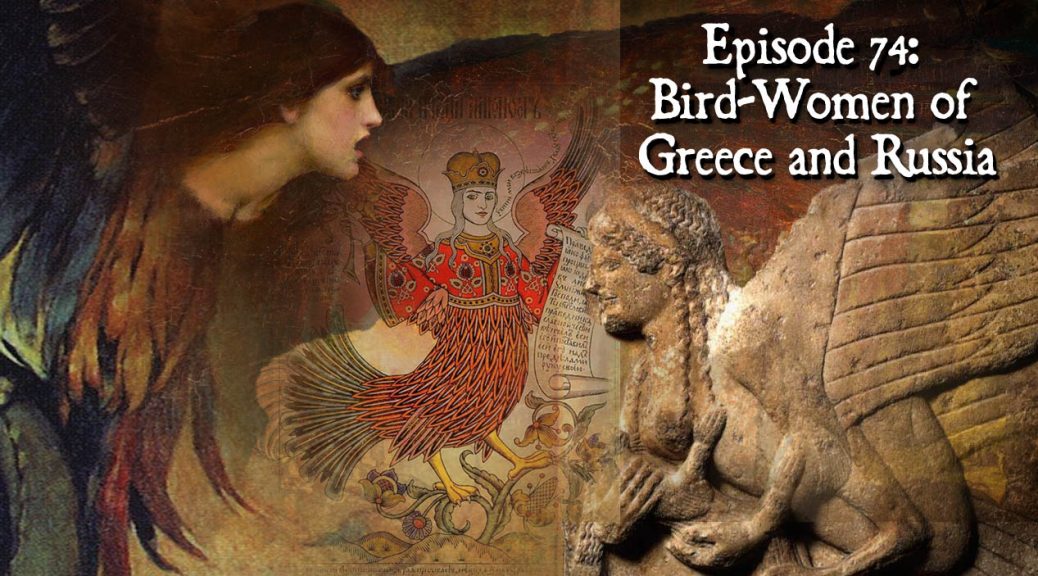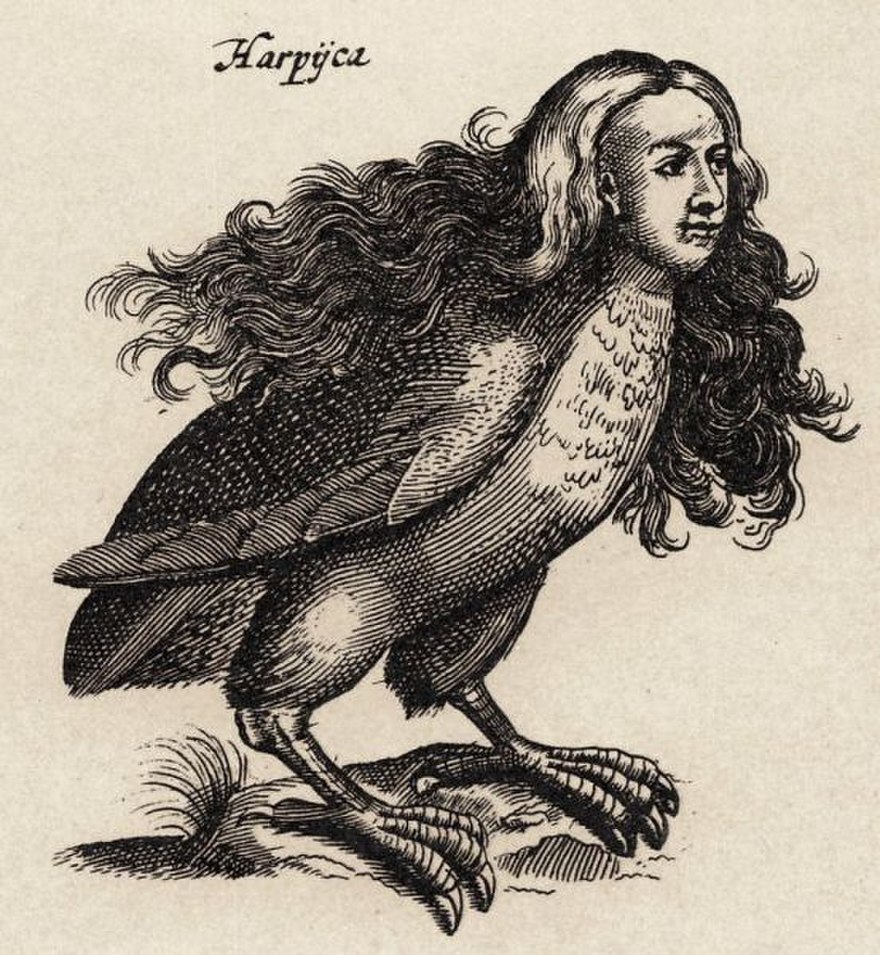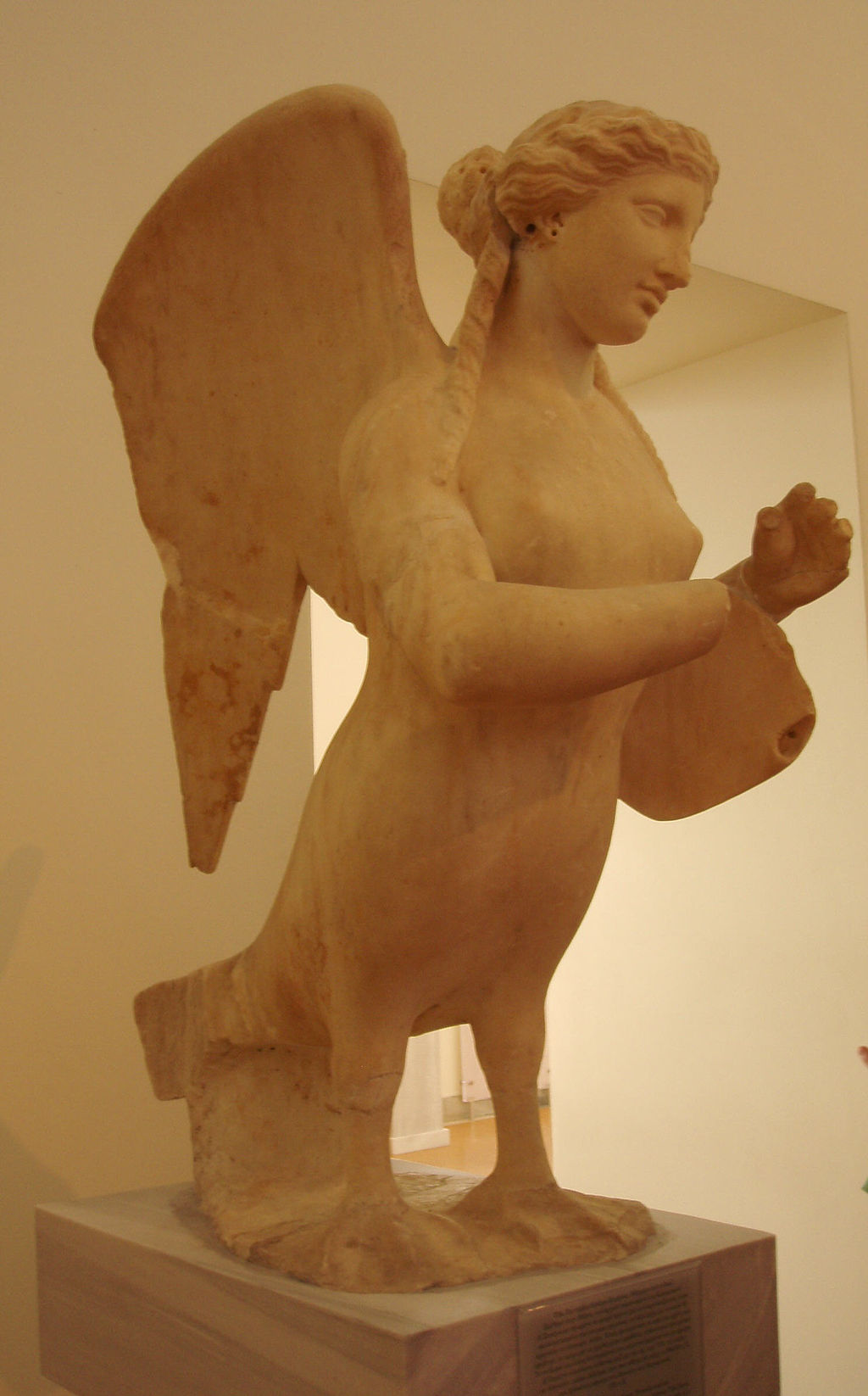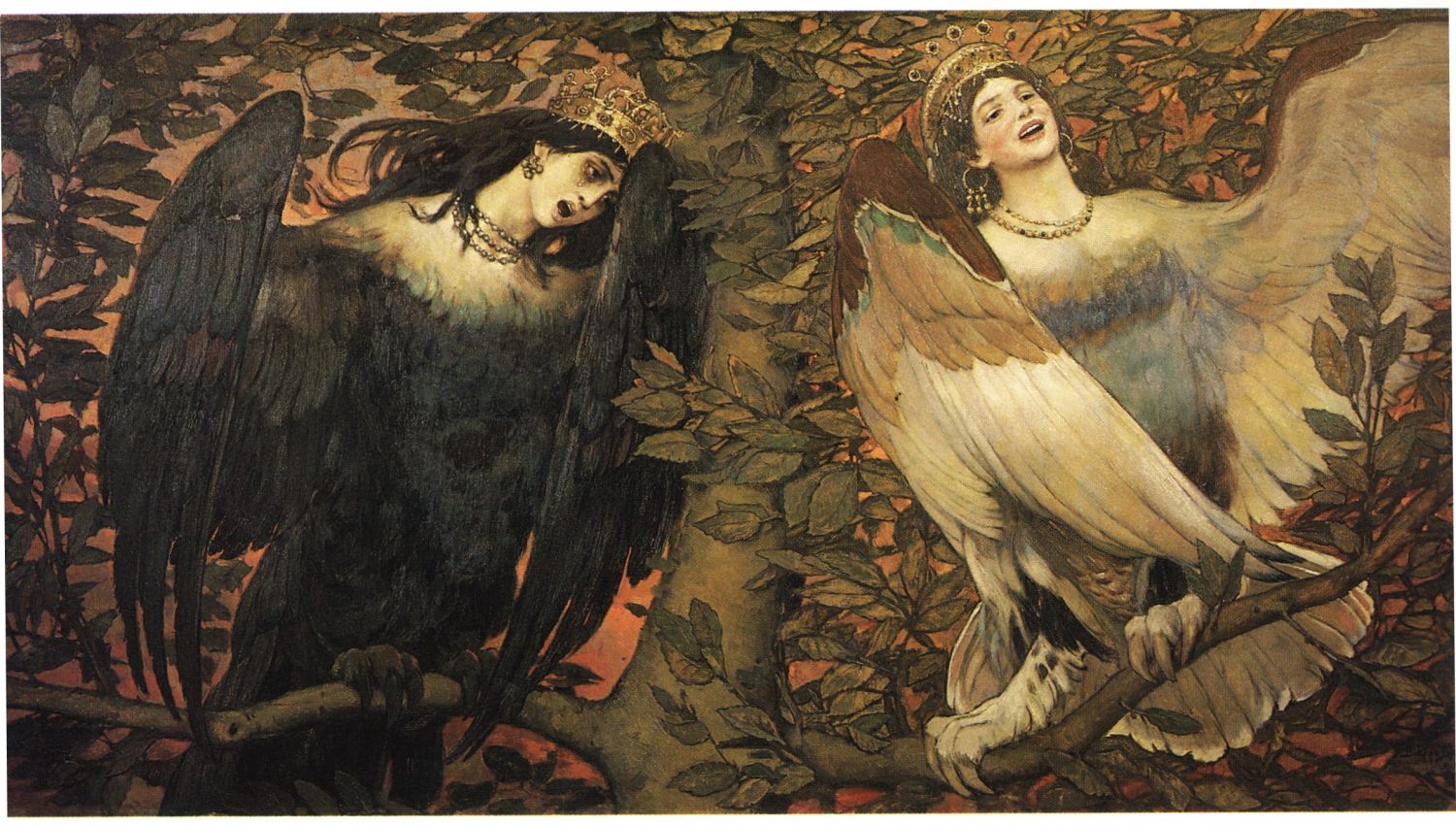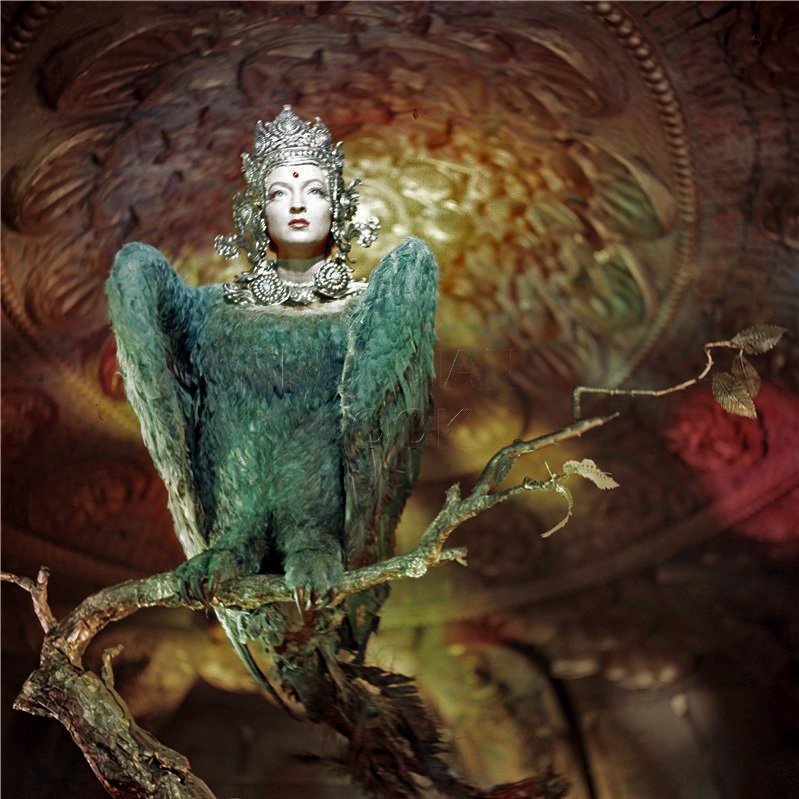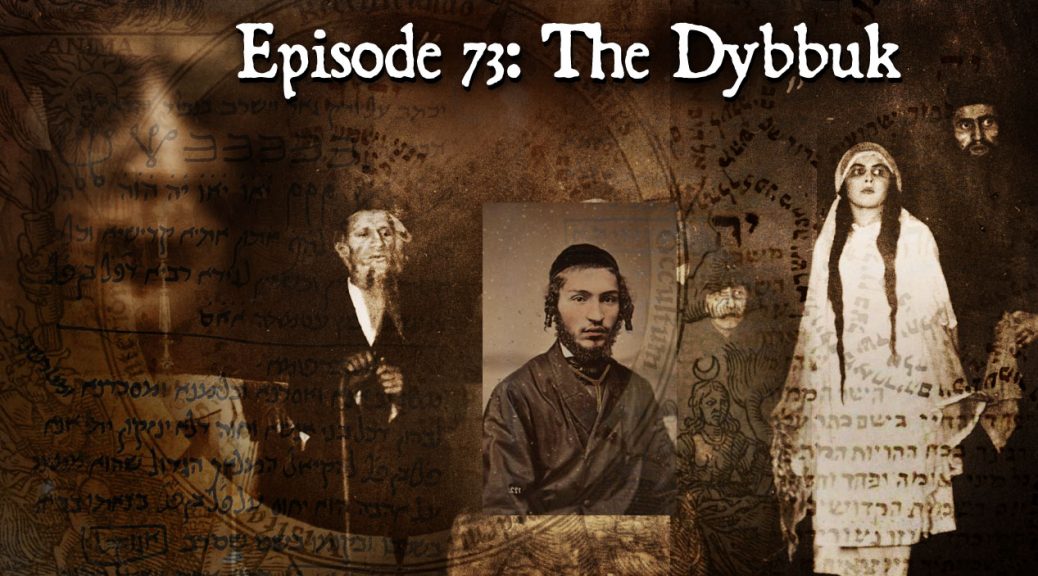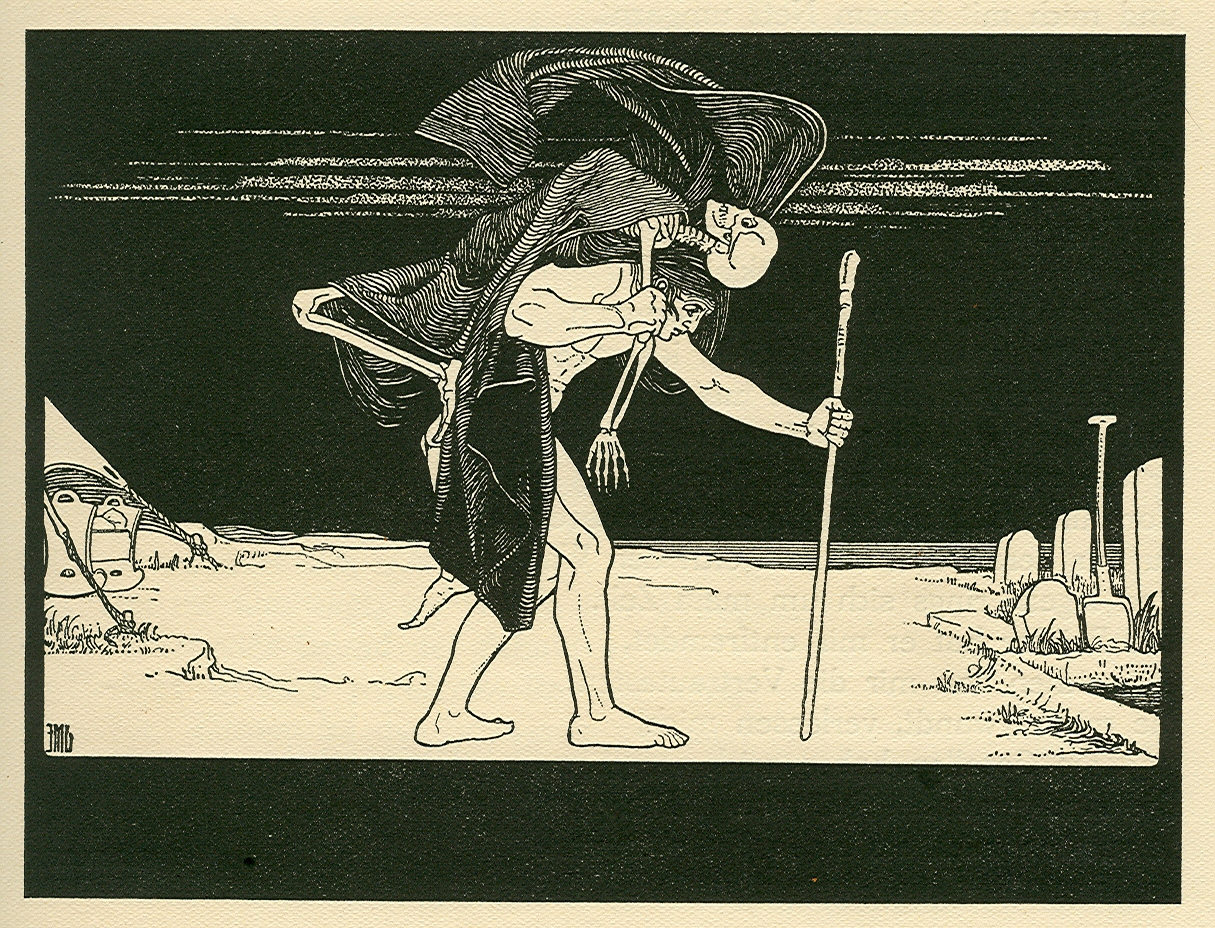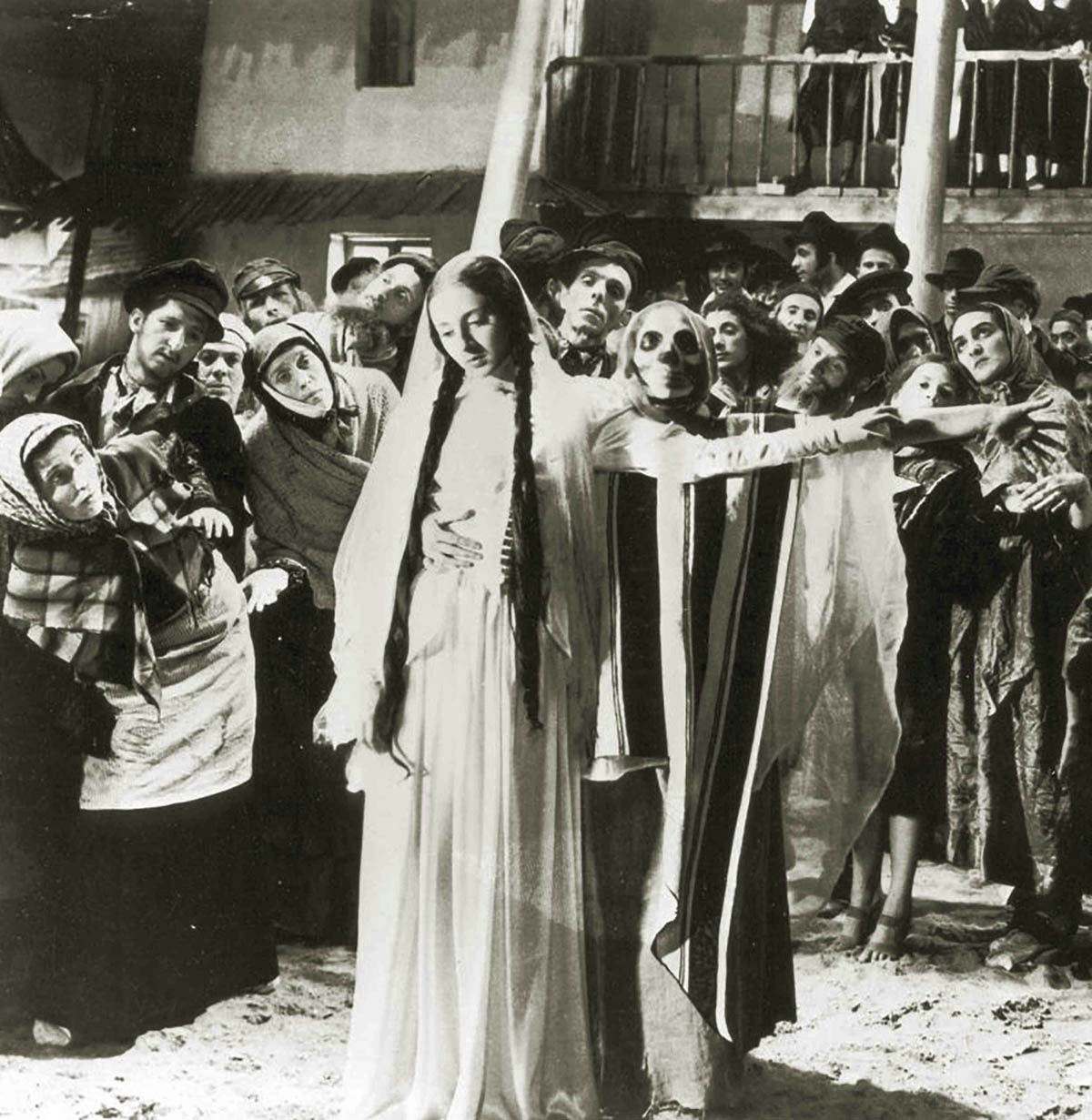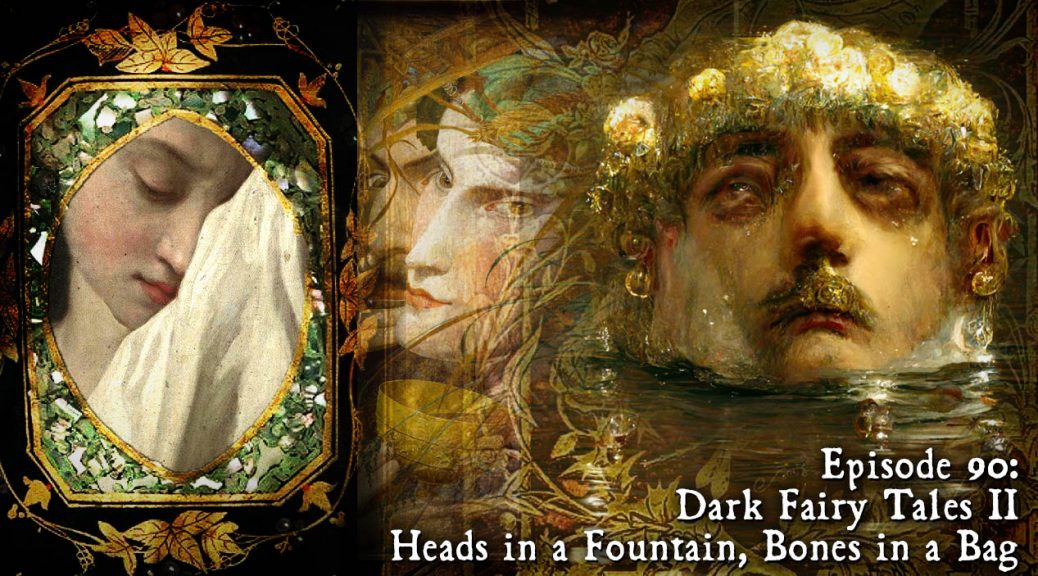
Dark Fairy Tales II: Heads in a Fountain, Bones in a Bag
Podcast: Play in new window | Download (Duration: 51:21 — 58.8MB)
Subscribe: Apple Podcasts | Spotify | Android | Podchaser | RSS | More
Dark fairy tale elements including floating heads and bags of bones are featured in a family of tales classified under the Aarne-Thompson system as Type 480, “Kind and Unkind Girls.” Imaginative punishments and rewards for the kind and unkind characters in question are a further interesting element. The girls in these tales are always sisters or stepsisters, and a wicked stepmother (sometimes mother) is part of the formula.
Our first example is the English tale, “The Three Heads of the Well.” The fairy tale bears a strange connection to an earlier 11th-century British legend featuring as its heroine the Byzantine Empress Helena, here portrayed as the daughter of the mythical “Old King Cole” of nursery rhyme fame. Both legend and fairy tale are set to the town of Colchester in Essex, understood to be named for King Cole.
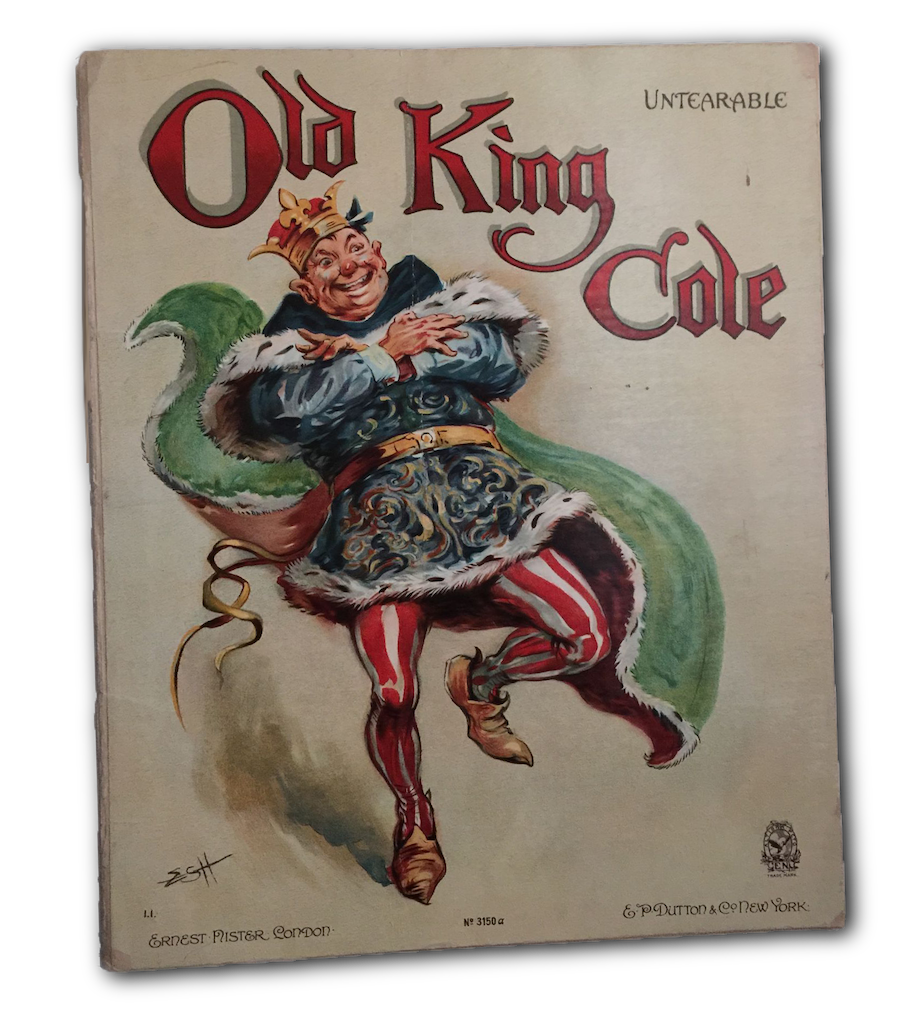
From “The Three Heads of the Well,” we learn that being polite to heads floating out of magic wells serves one well, while rude behavior is strictly punished. A curious element of the narrative is the request made by the floating heads that their hair be combed.
Our next tale, “Three Fairies,” comes from Giambattista Basile’s Il Pentamerone, or Lo cunto de li cunti (“The Tale of Tales), a source used in our previous episode for the story “Penta the Handless.” The tale involves an encounter with fairies living in a fantastic palace hidden deep within a chasm.
Basile’s tales are particularly noteworthy for their extravagant and playful verbiage, illustrated in several lengthy passages read for us by Mrs. Karswell.
In this tale, we learn the value of diplomacy in discussing the hair and scalp conditions of fairies. A second lesson: one must be particularly wary when allowing oneself to be sealed in a barrel.
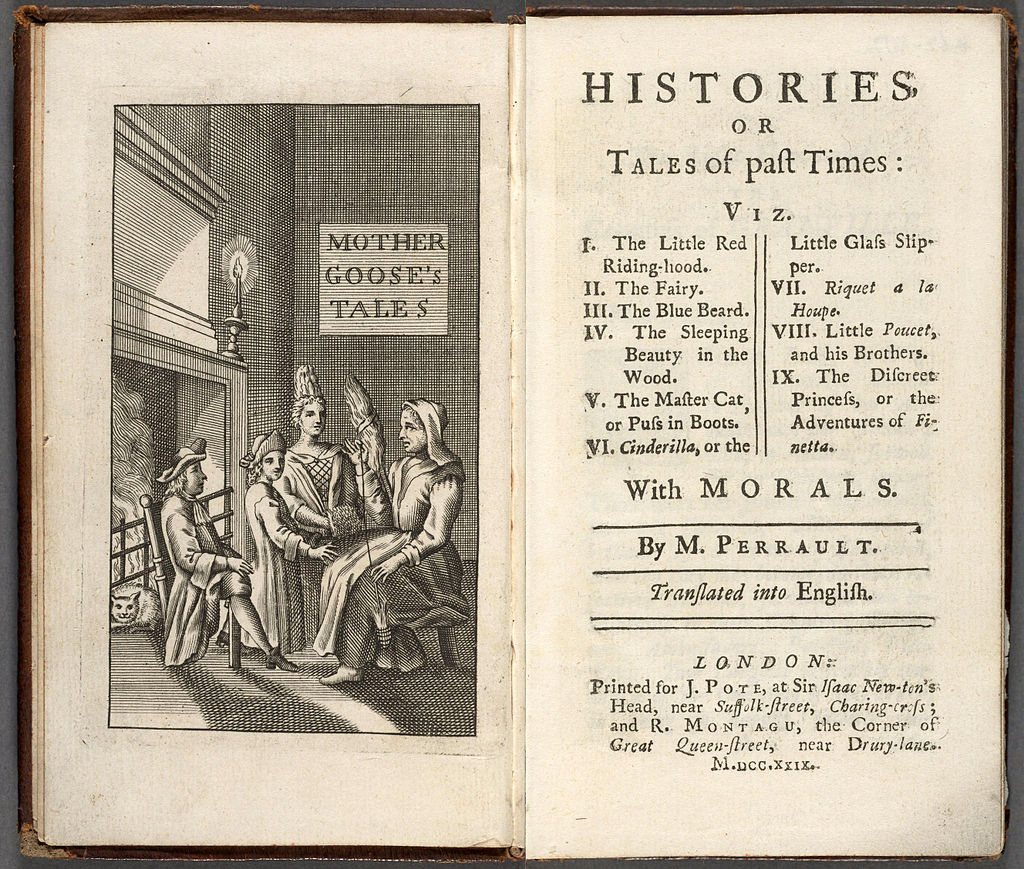
Our next story, “The Fairies,” comes from perhaps the most famous collection of fairy tales pre-Grimm, Charles Perrault’s 1697 volume Tales of Passed Times, sometimes subtitled Tales of Mother Goose. This French story can be found in certain English-language collections under the title “Diamonds and Toads,” referring to what falls from the mouths of its kind and unkind girls respectively — a blessing or curse depending on the girls’ charity toward fairies disguised as mortals.
The Grimms’ story, “Frau Holle” is introduced with a snippet of the “Frau Holle Lied,” a children’s song describing the grandmotherly (and witch-like) Frau Holle shaking feathers from her featherbed to make the snow in winter, an element from the Grimm story.
As in the Perrault’s “The Fairies” the Kind Sister in “Frau Holle” is sent to fetch water, and ends up not in an enchanted chasm, but falling into an enchanted well, passage to a sort of parallel dimension in which ovens demand their bread be baked, apple trees their fruit be picked, and Frau Holle has all sorts of housework for the heroine to perform. The girl’s unkind sister, however fails miserably when confronted with identical tasks, and we see both the rewarding and punishing side of Holle, an aspect of the story that relates it loosely to the winter mythology of the Frau Holle/Frau Perchta figure I discuss in other shows and my book as inspiration for the Krampus.
The rewards and punishments doled out in “Frau Holle” are likely borrowed from Basile’s “The Three Fairies,” as you might be able to guess from these depictions:
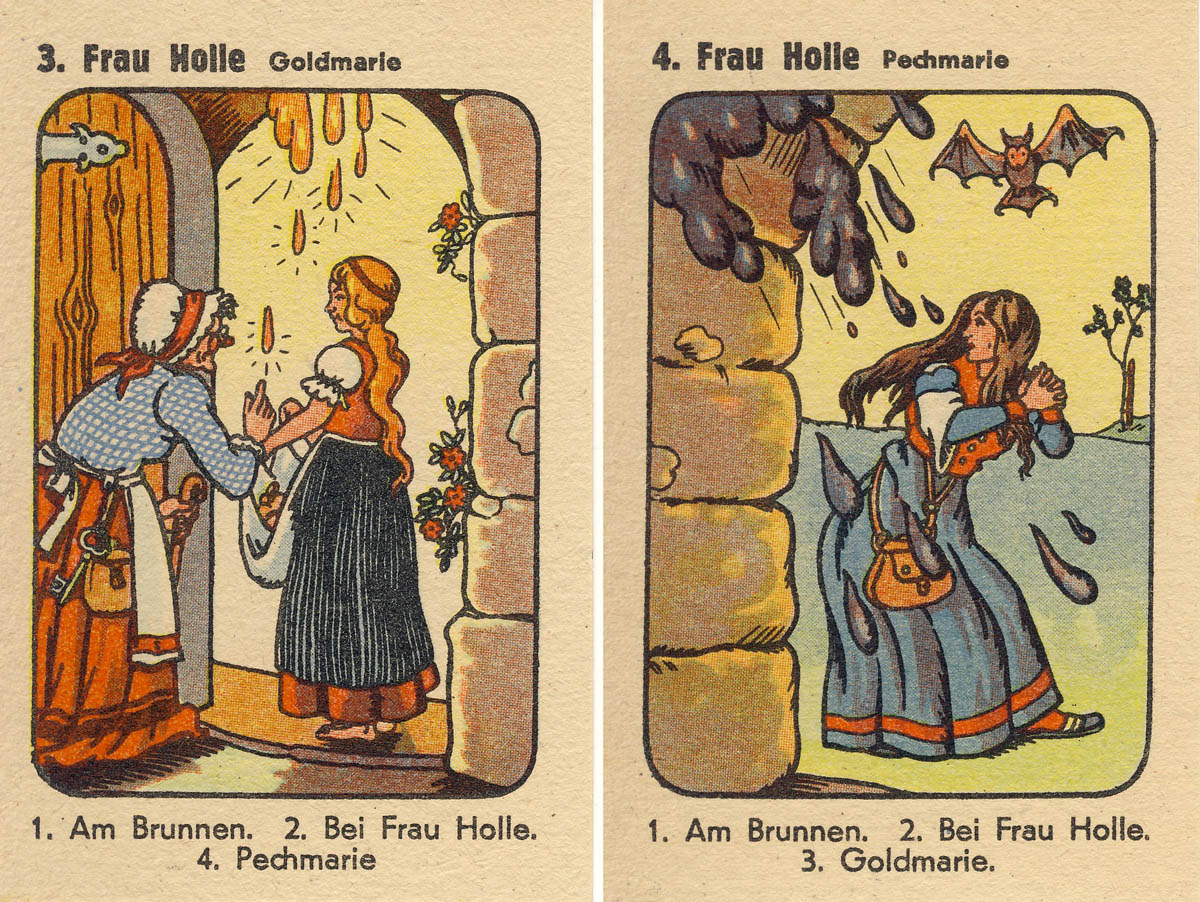
We introduce our next iteration of this tale with a clip is from an English-dubbed version of the 1964 Soviet folklore film Morozko (or Father Frost) by pre-eminent Russian fairy-tale director Alexander Rou. The film weaves its own elaborate story around the bare bones of the classic tale “Father Frost” collected by Alexander Afanasyev in the 1850s. Here, goodness is demonstrated by the Kind Girl’s willingness to endure cold, a particularly Russian virtue.
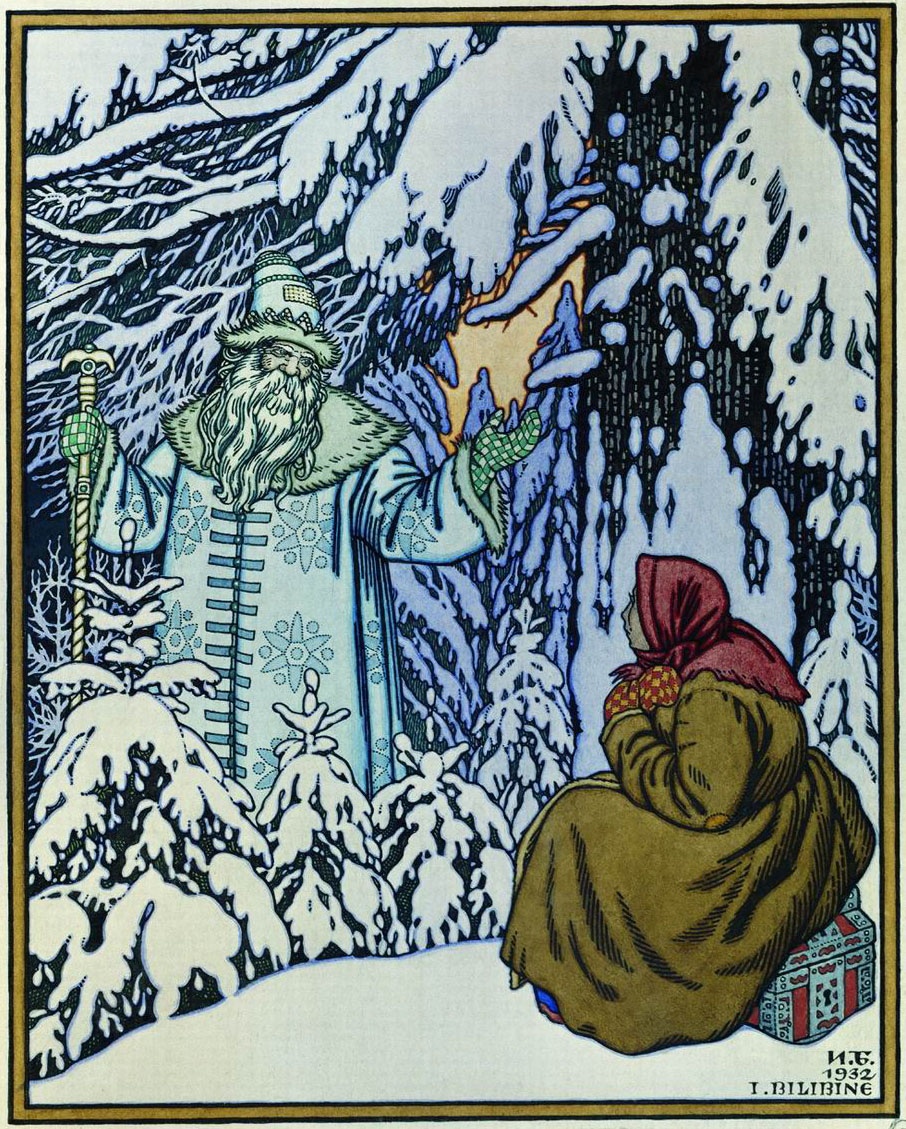
Our last story is the most obscure (and gruesome): “Rattle-Rattle-Rattle and Chink-Chink-Chink” from a 1919 collection by Parker Fillmore called Czechoslovak Fairy Tales. As with several of our stories, a key role is played by an all-knowing housepet who can speak.
We wrap up with a footnote to our first story, “The Three Heads of the Well” and its connection via an Elizabethan play, George Peele’s “The Old Wives’ Tale” to “Willow’s Song” from The Wicker Man (1973), all of which leads us into the bizarre folklore of an aphrodisiac charm known as “cockle bread.”
(NOTE: For details on the 2022 Bone and Sickle shirts and merch mentioned in the show, please visit boneandsickle.com, or go directly to our Etsy shop.)
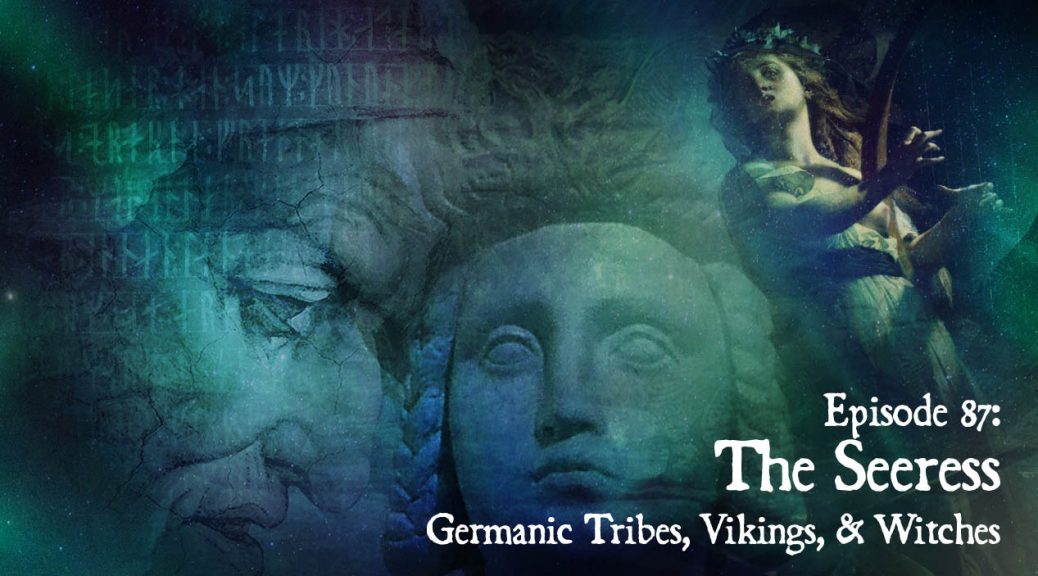
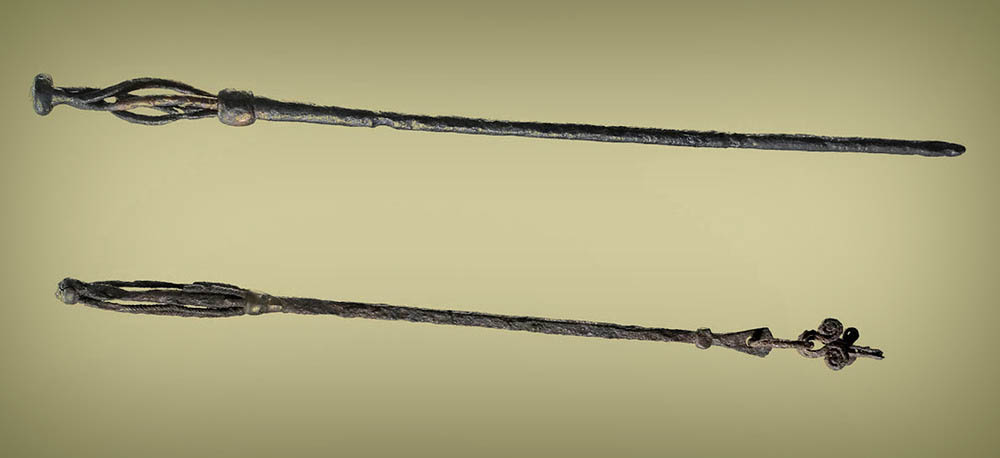
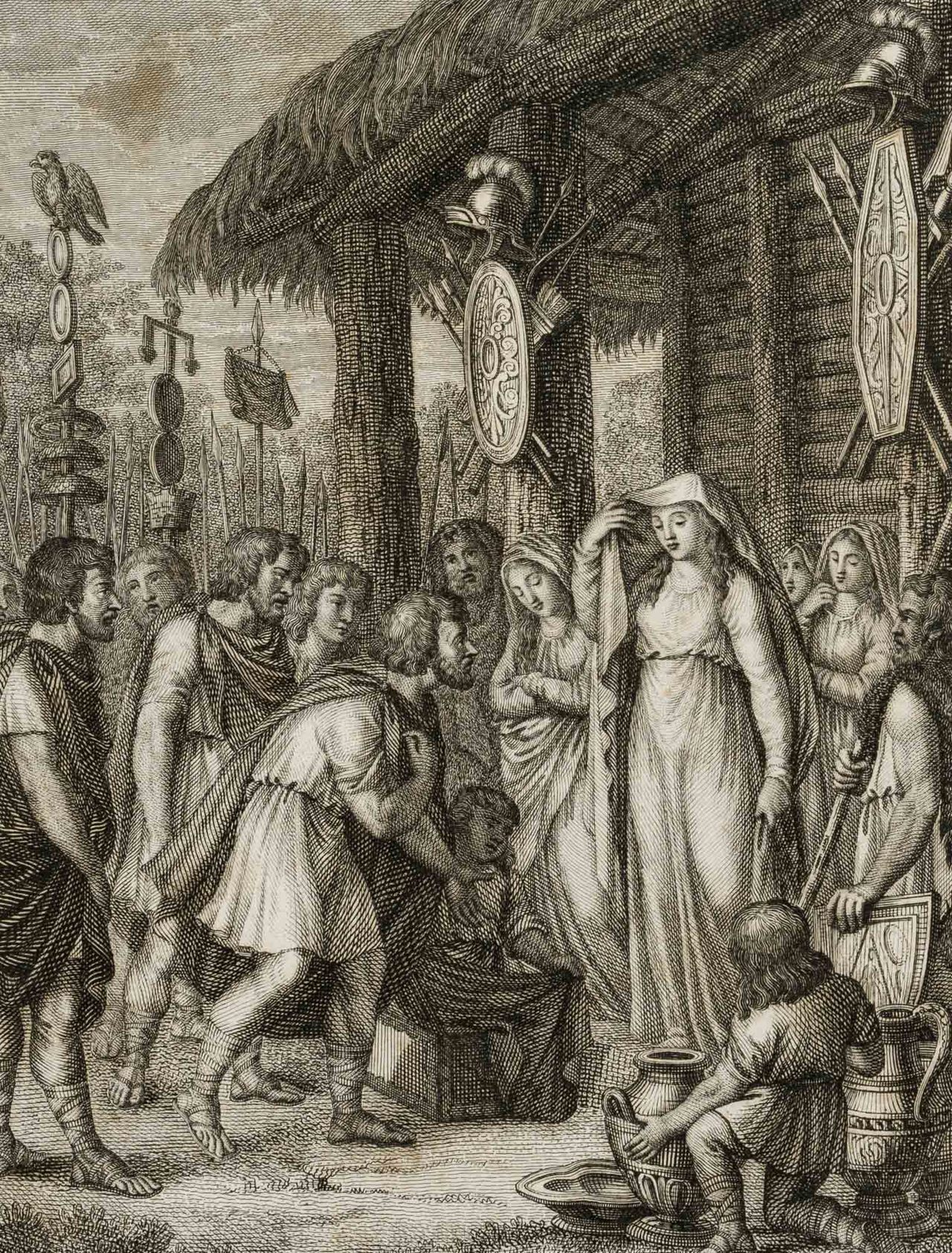
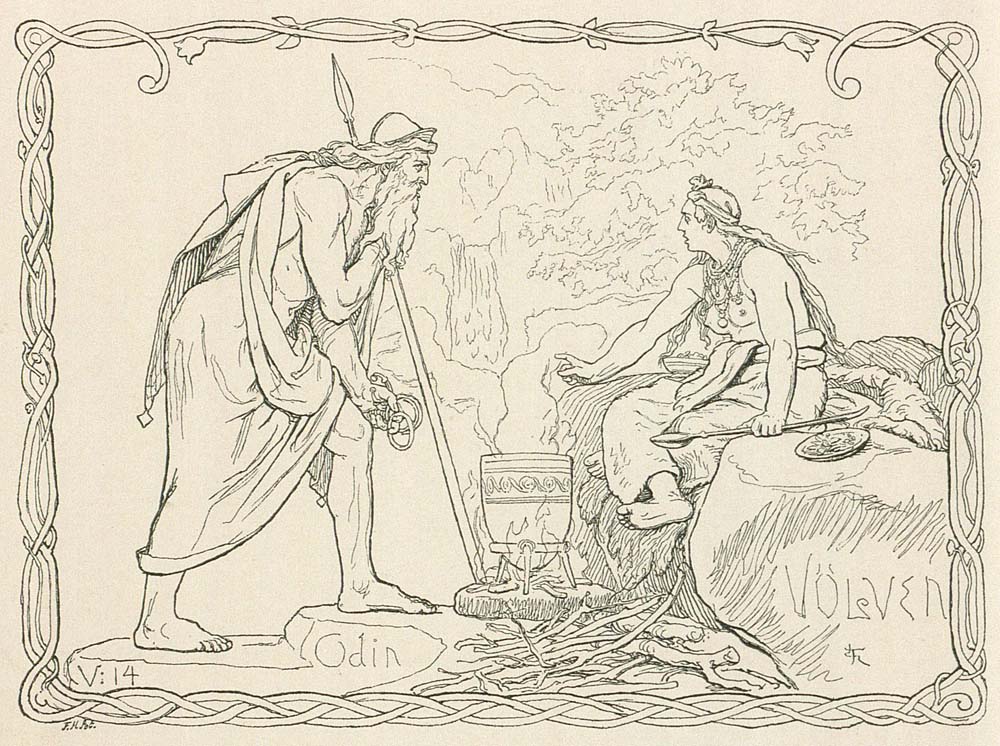
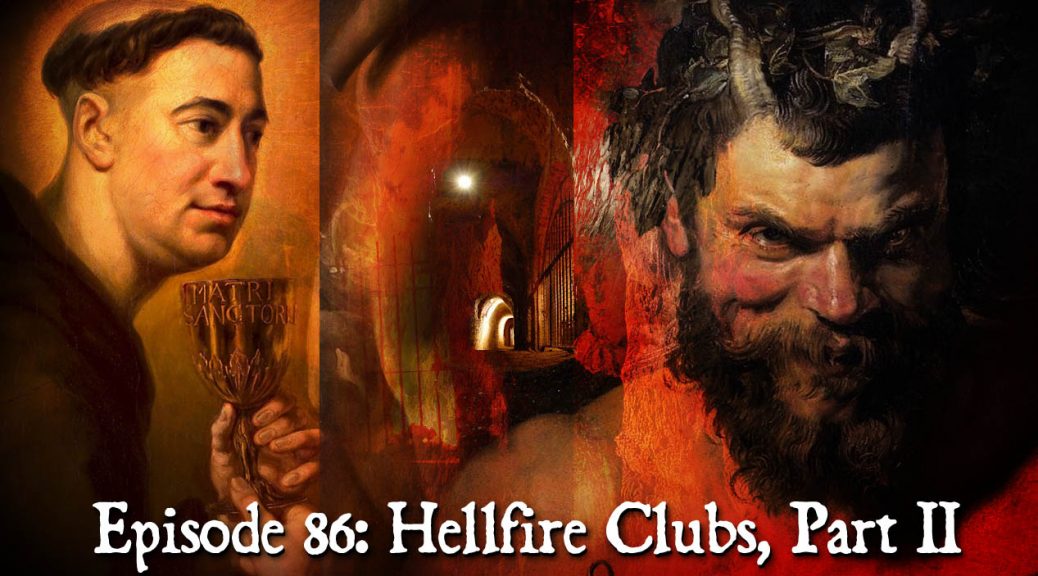
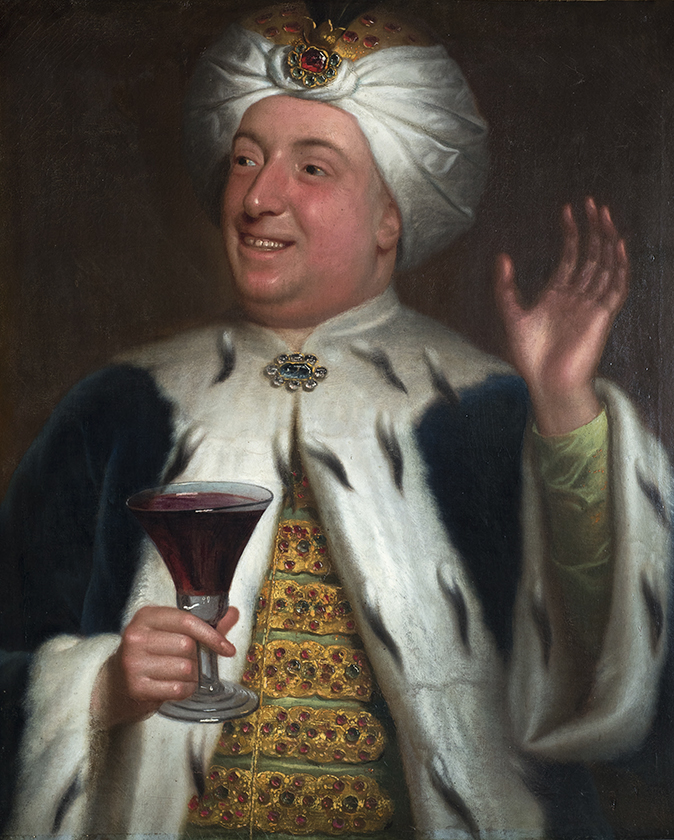
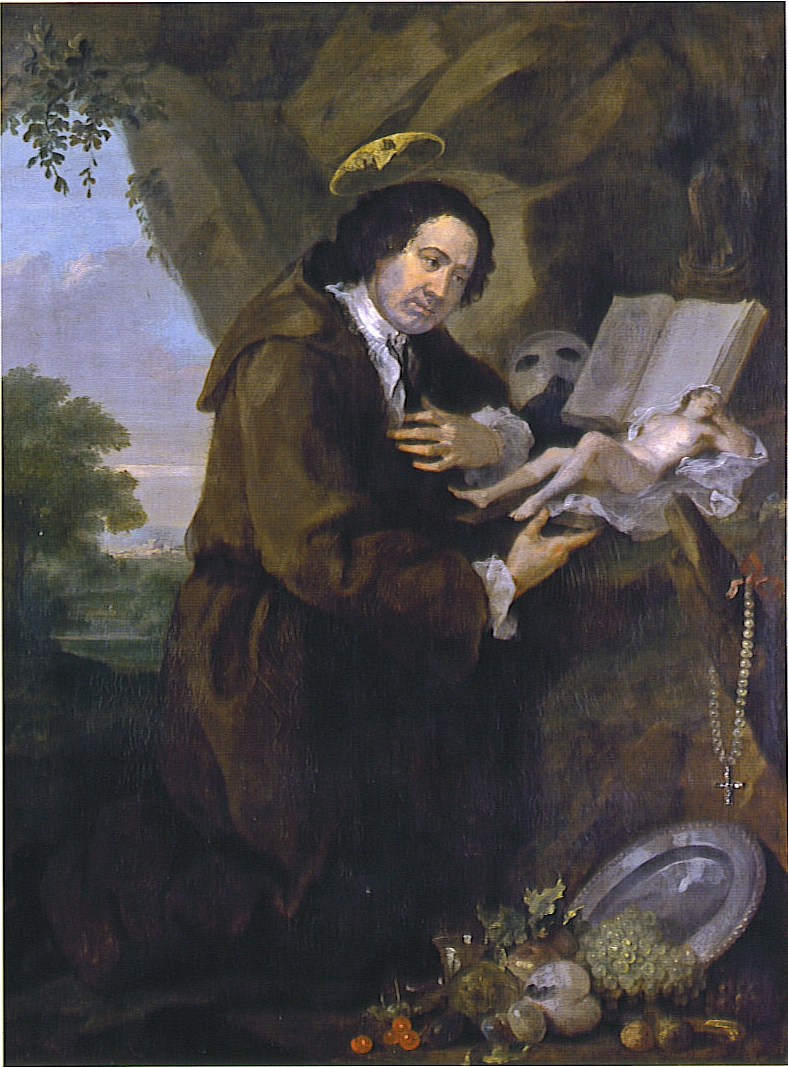

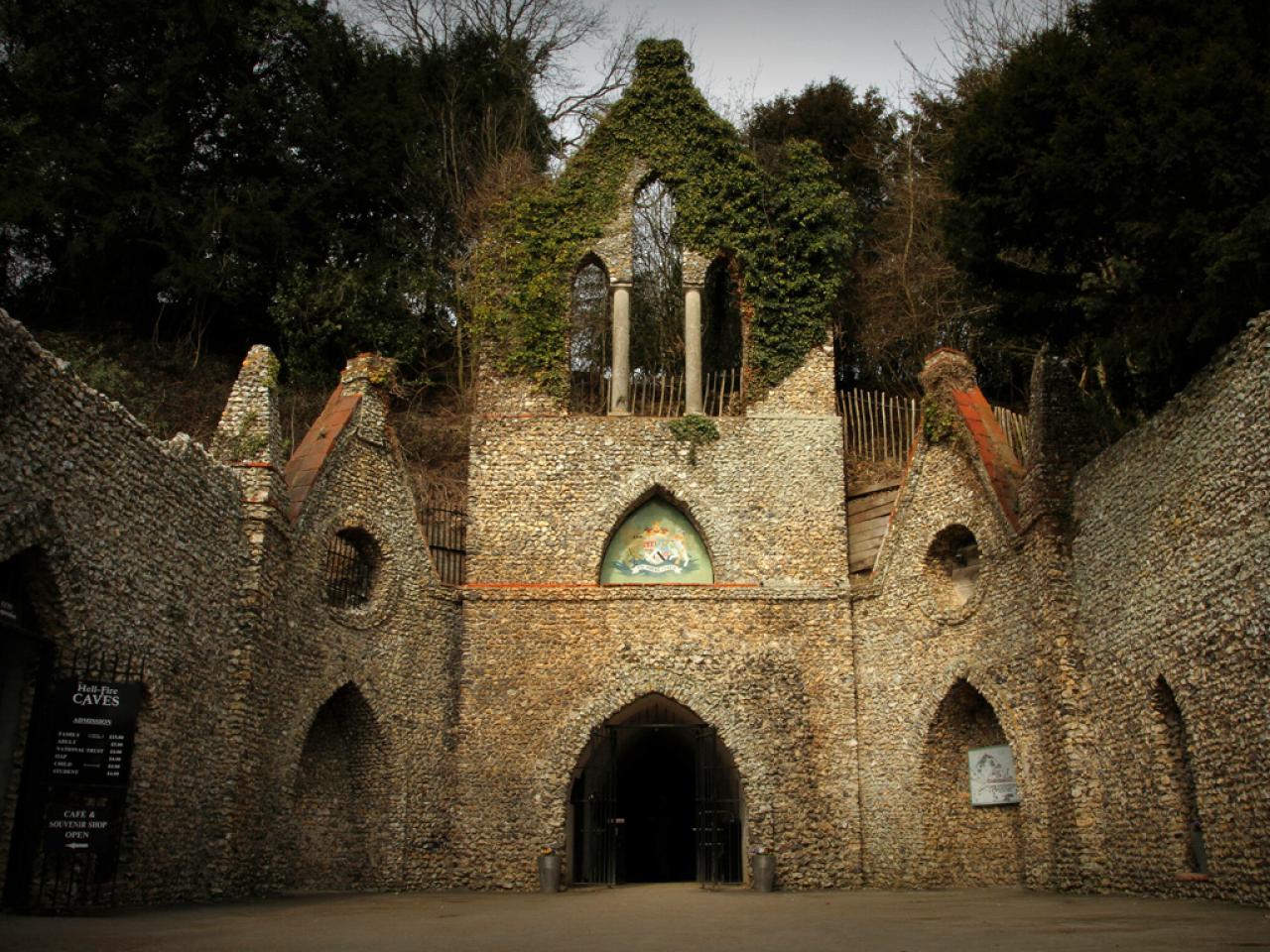
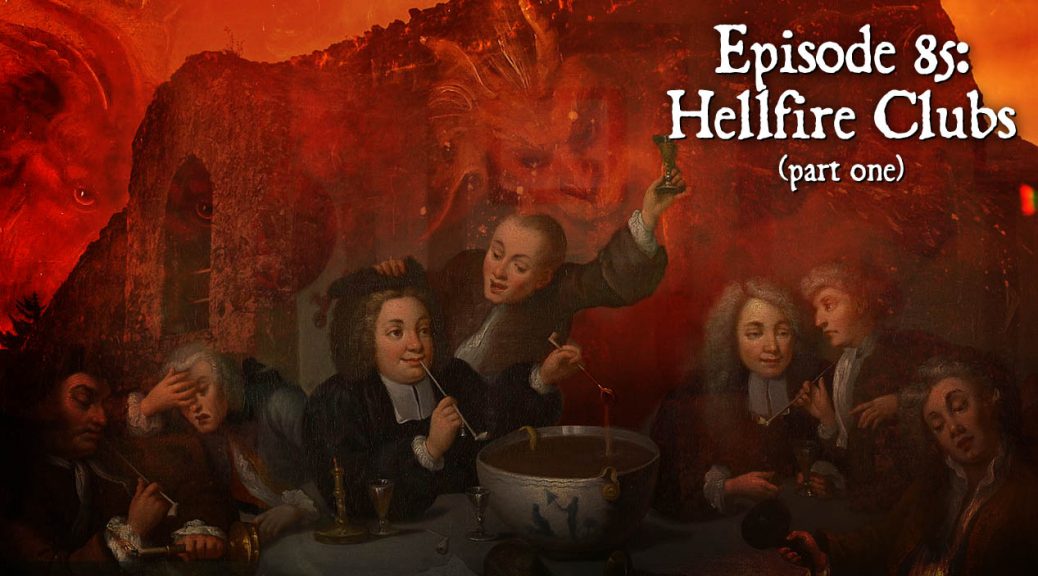
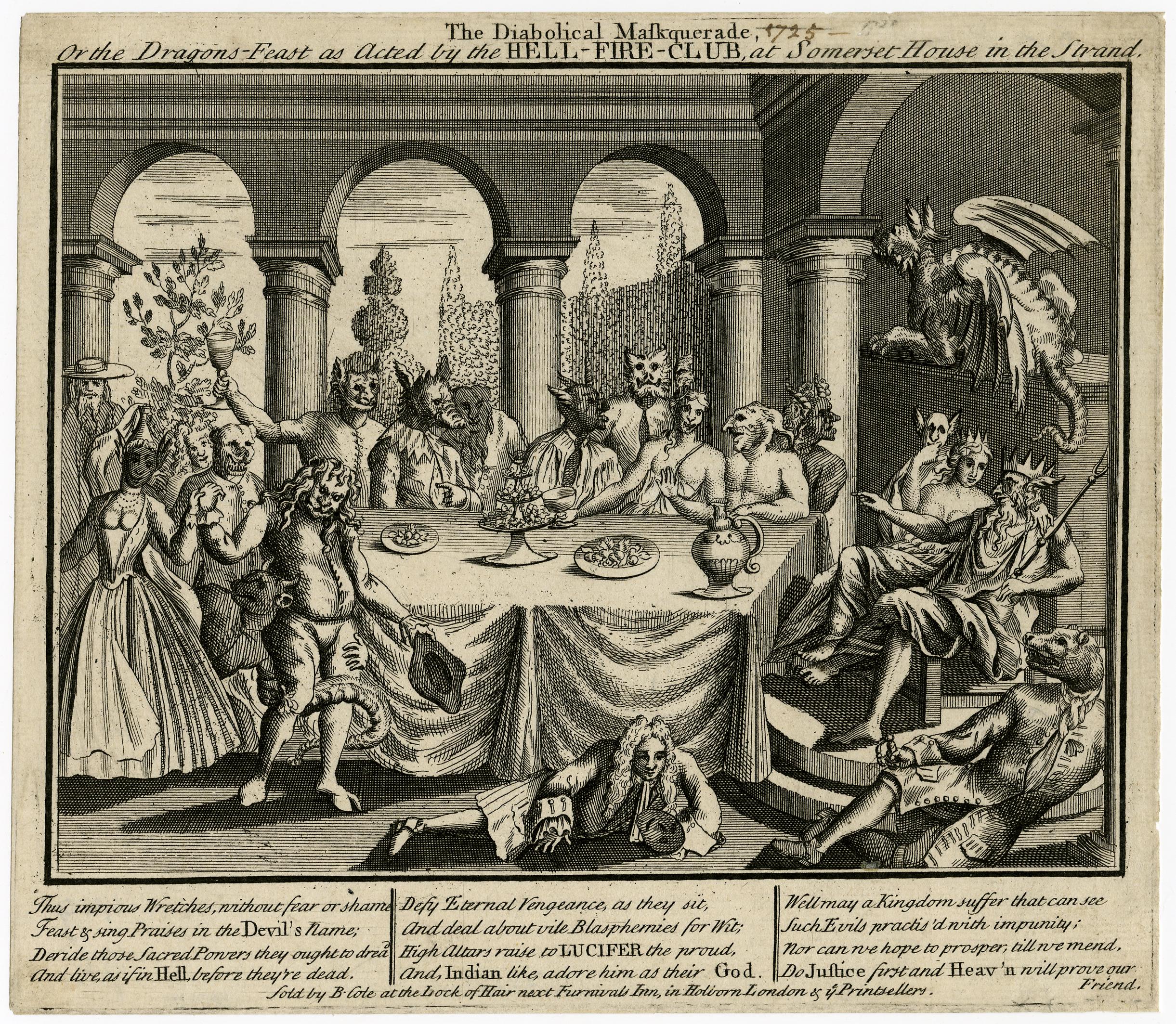

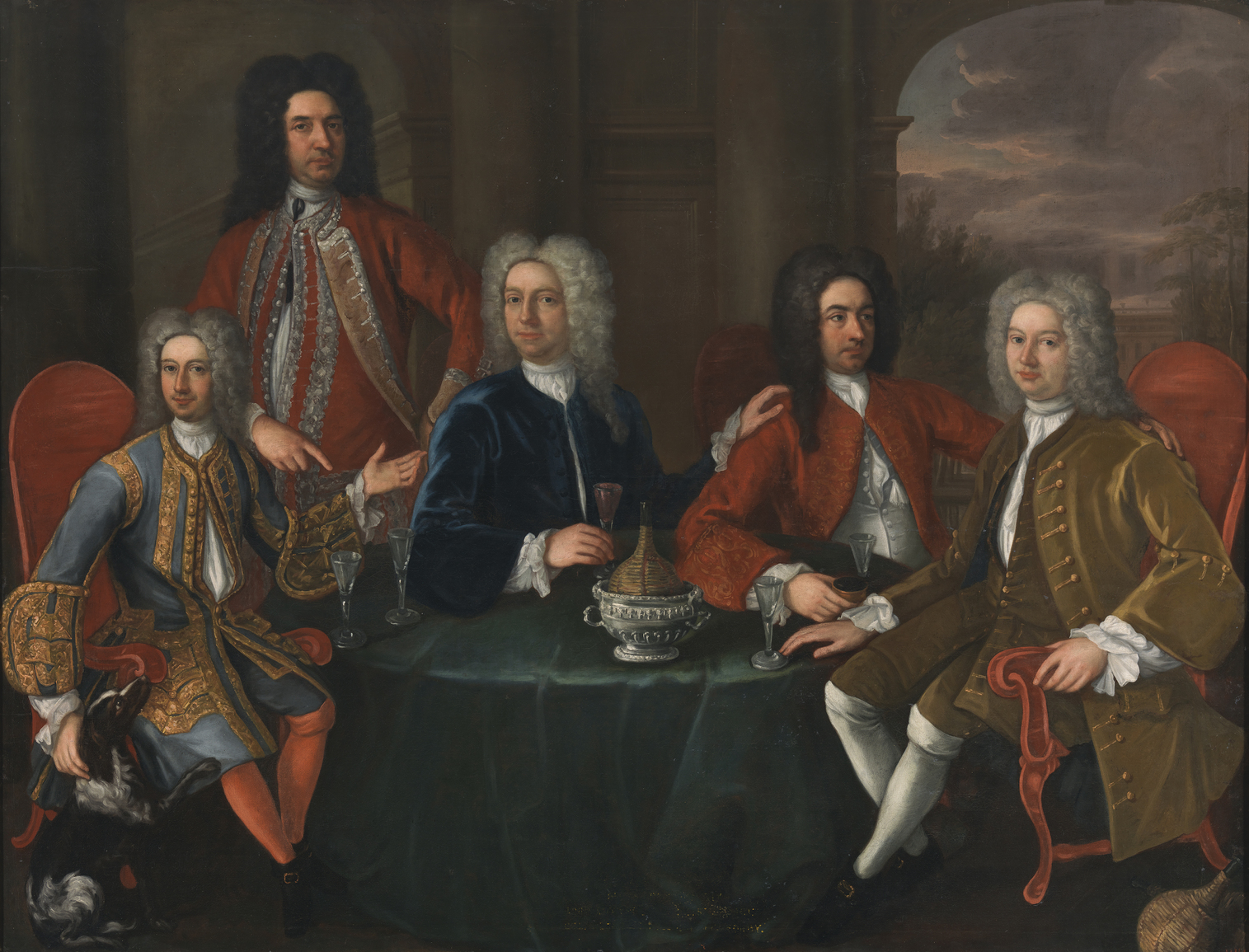
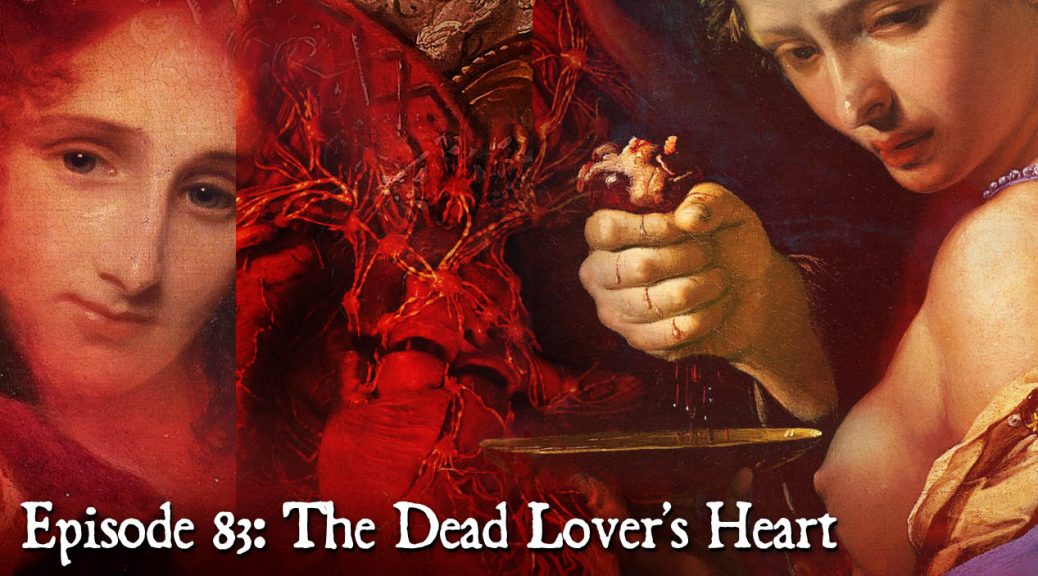
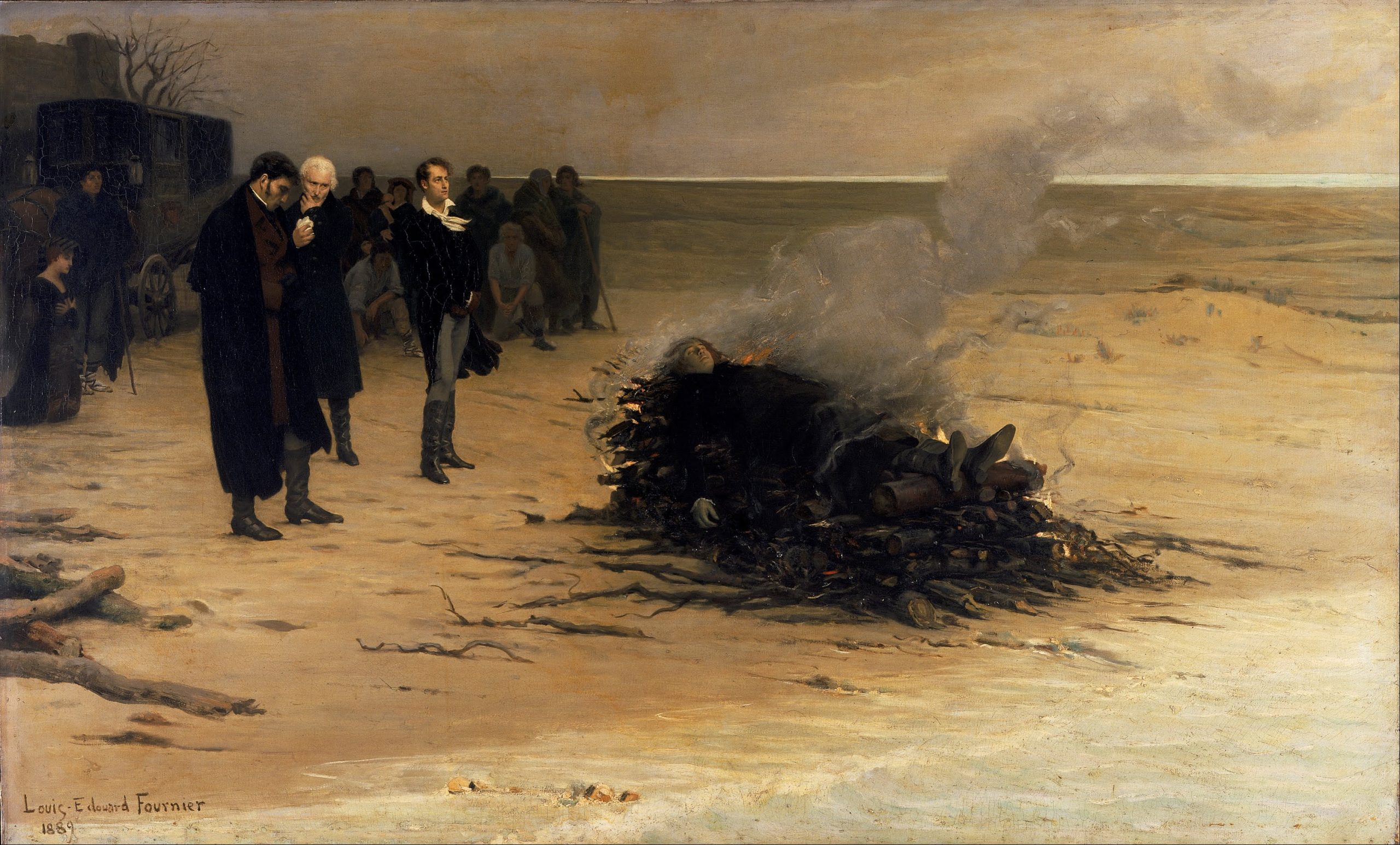
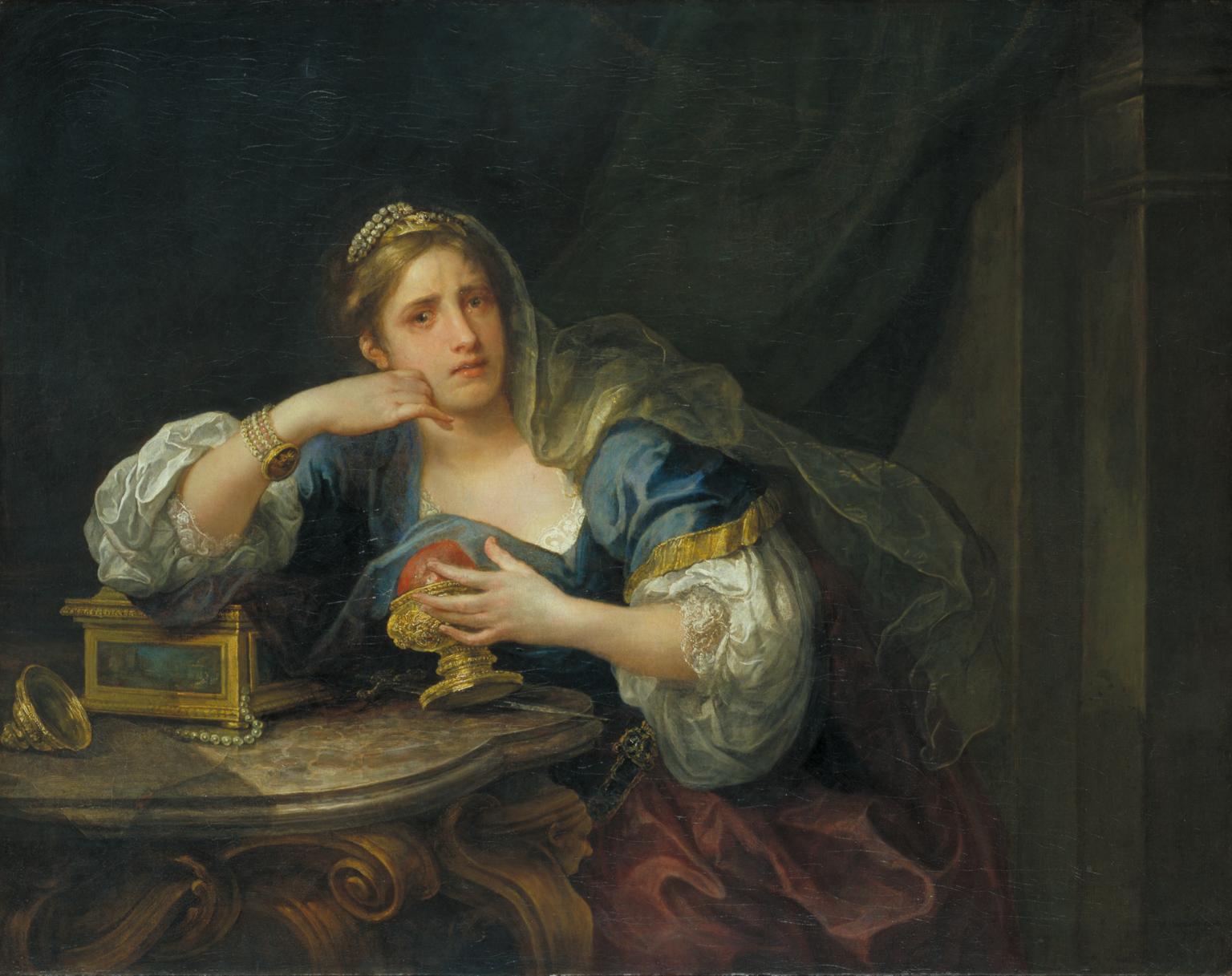
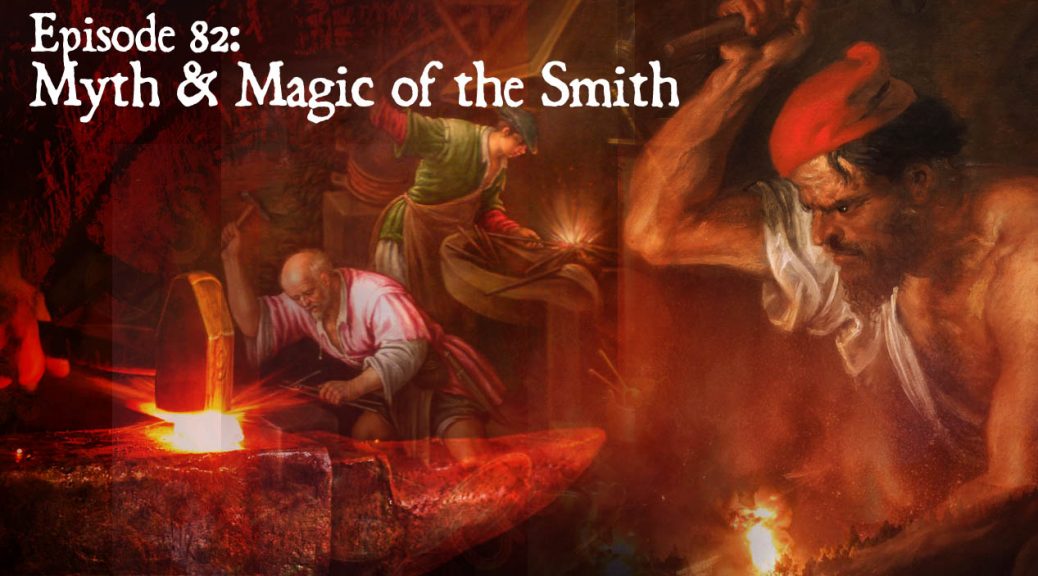
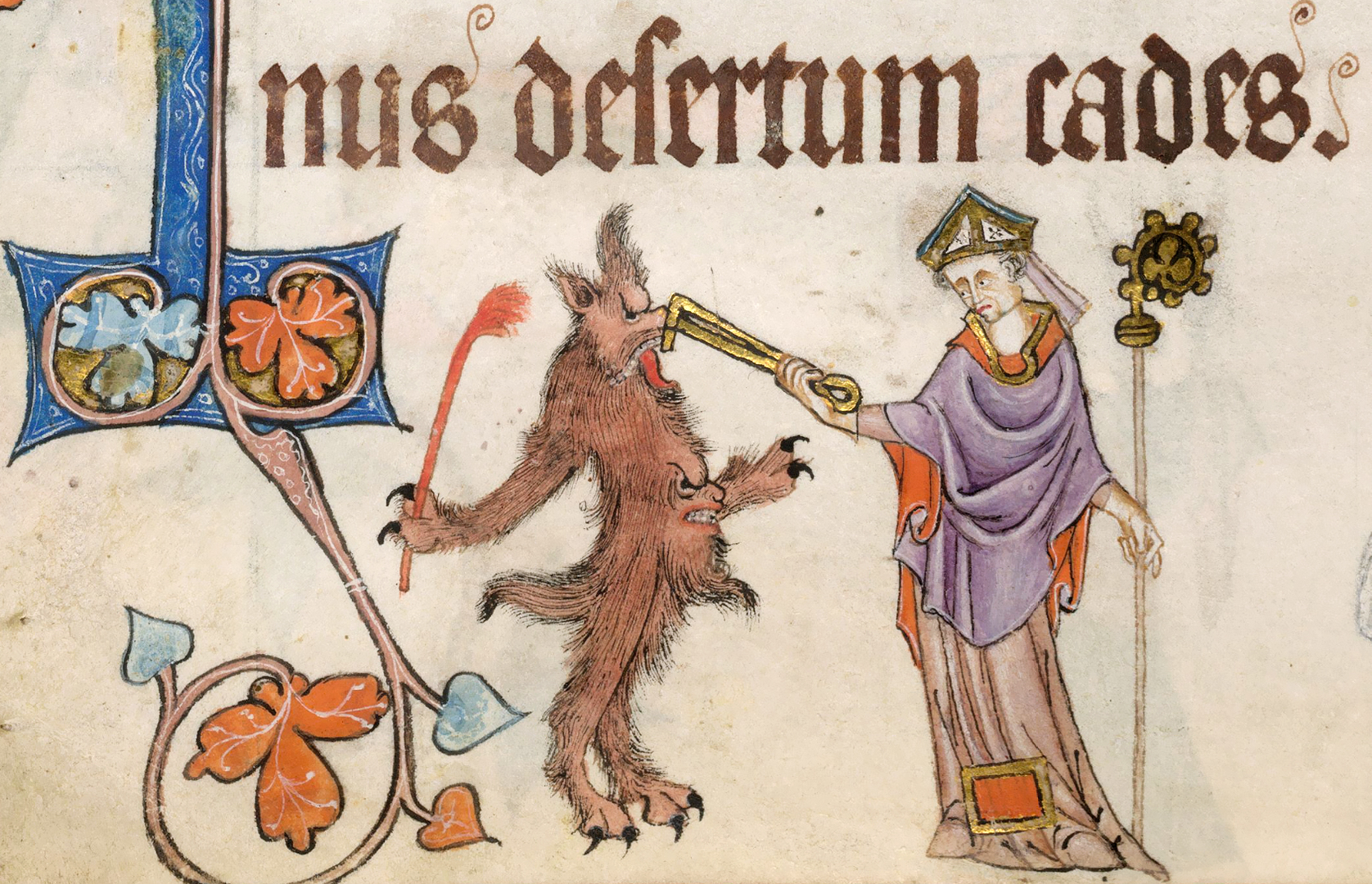
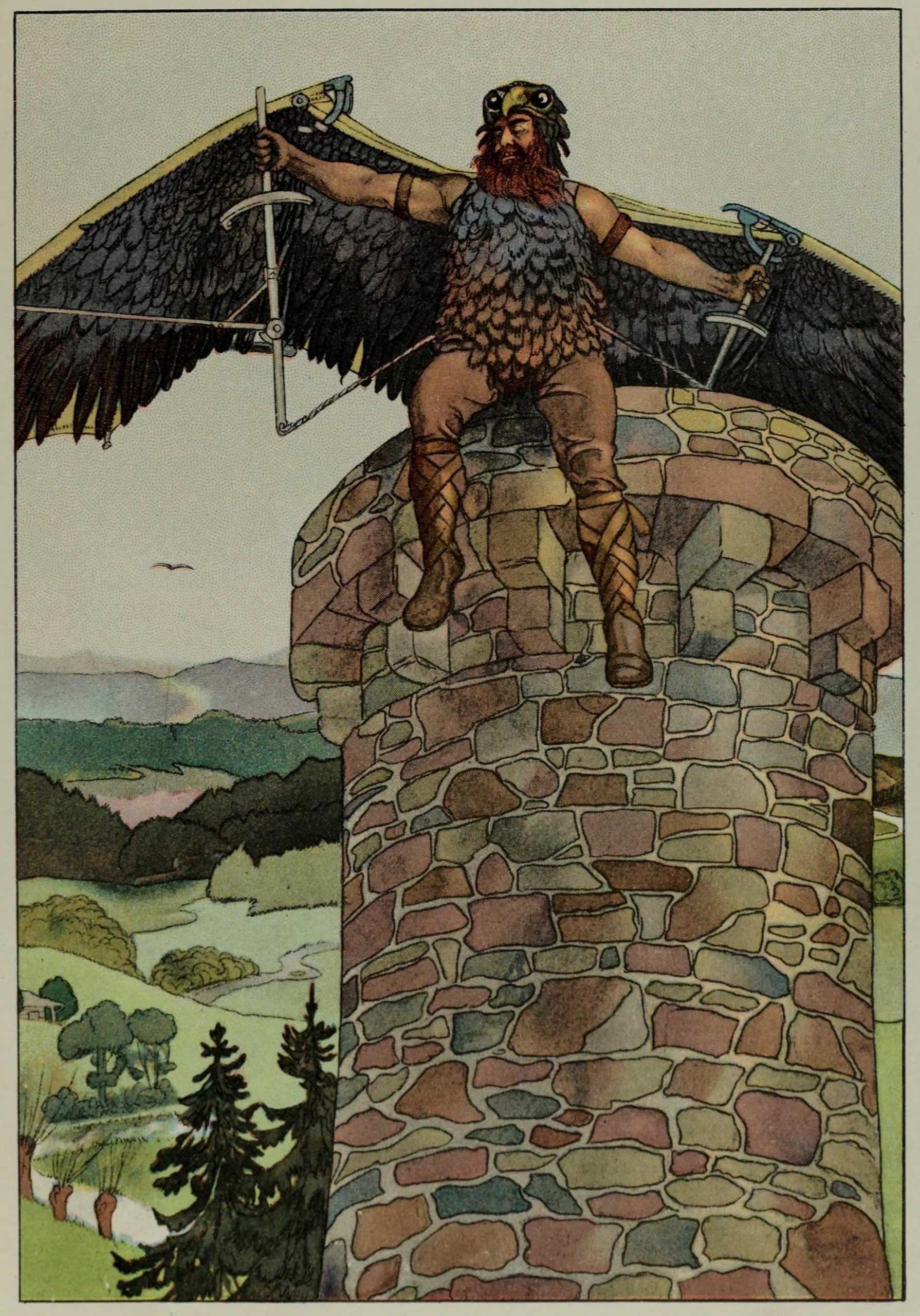
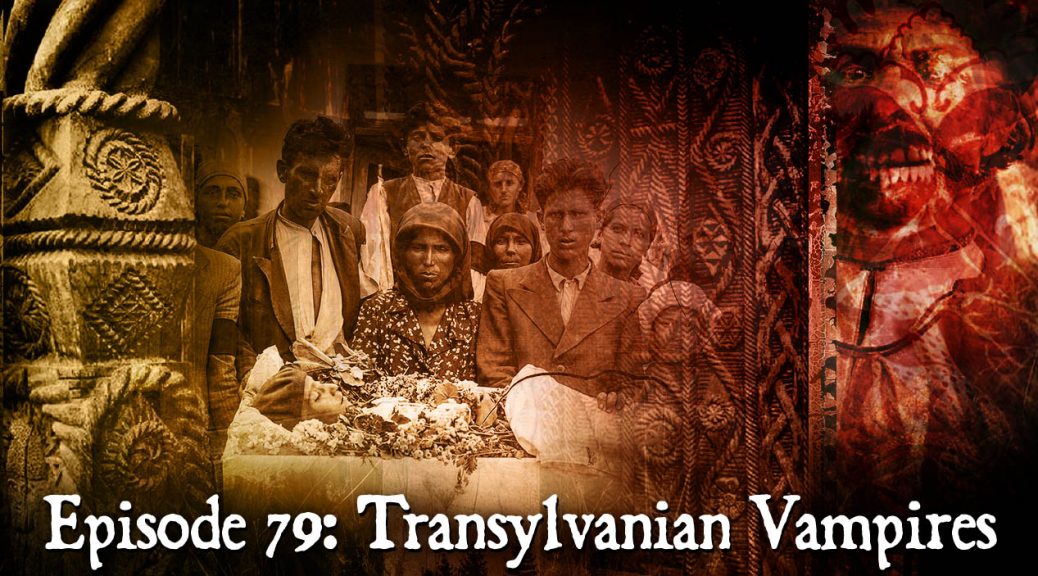
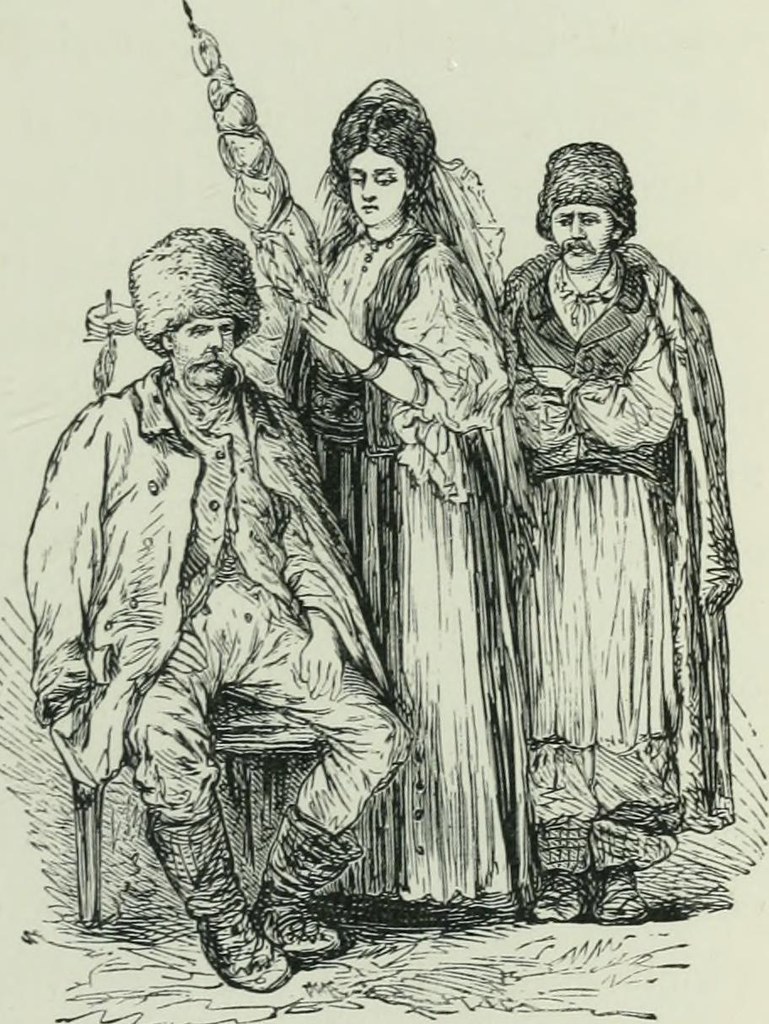
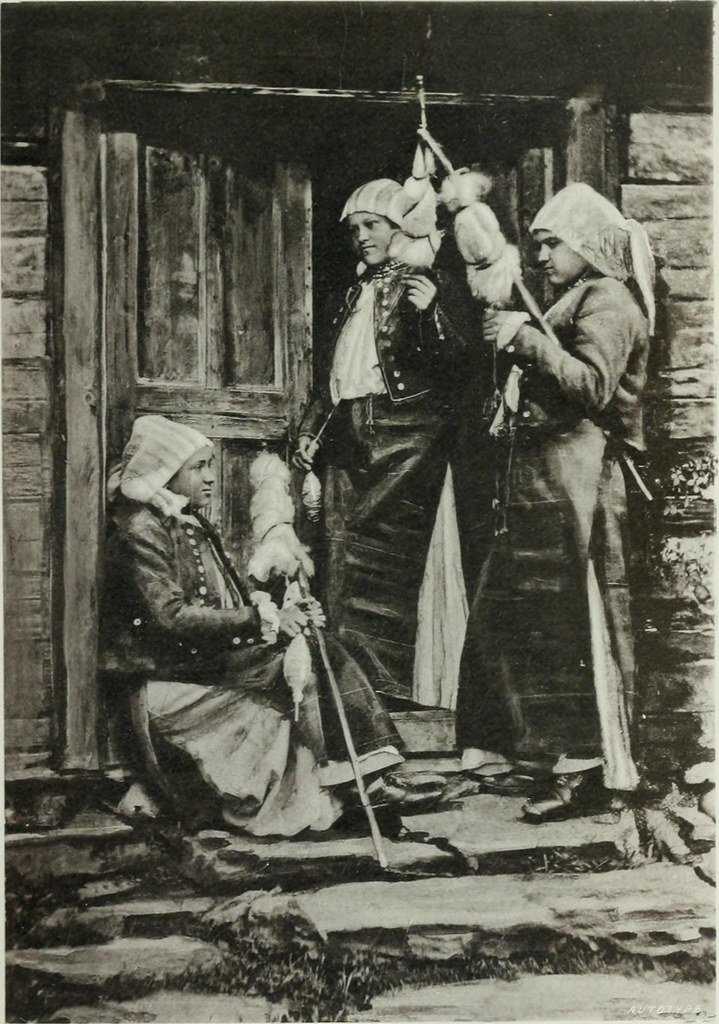
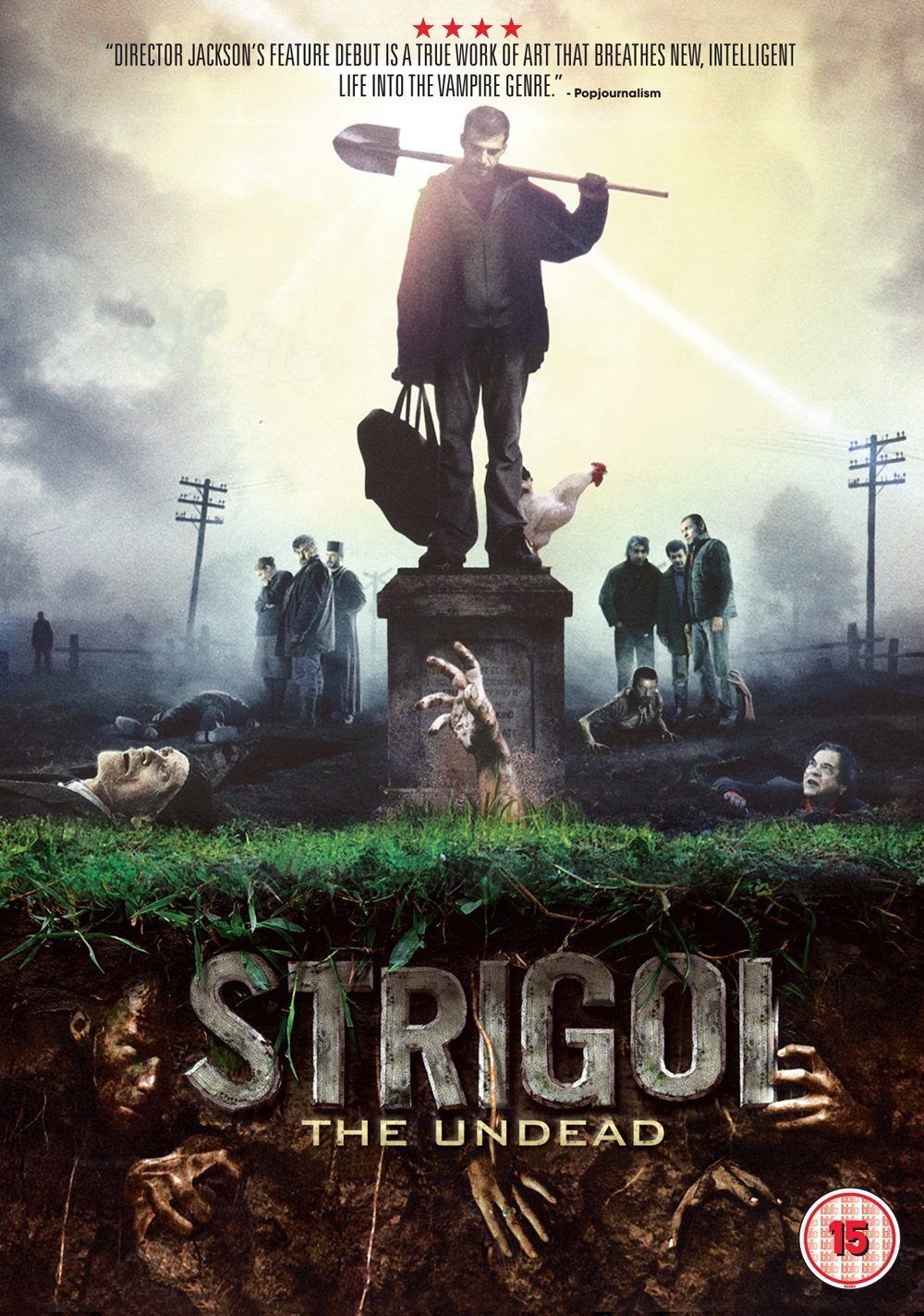
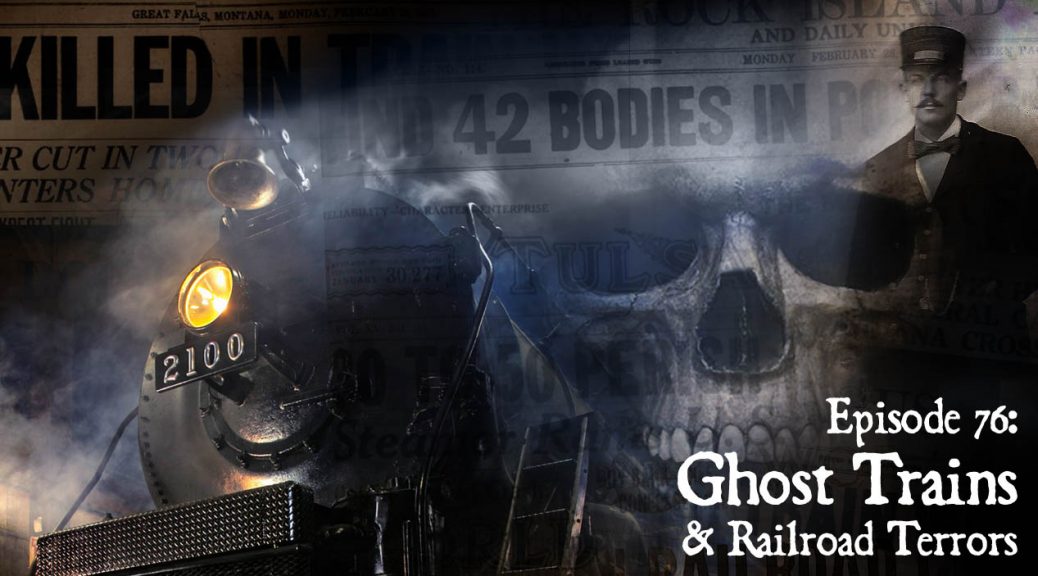
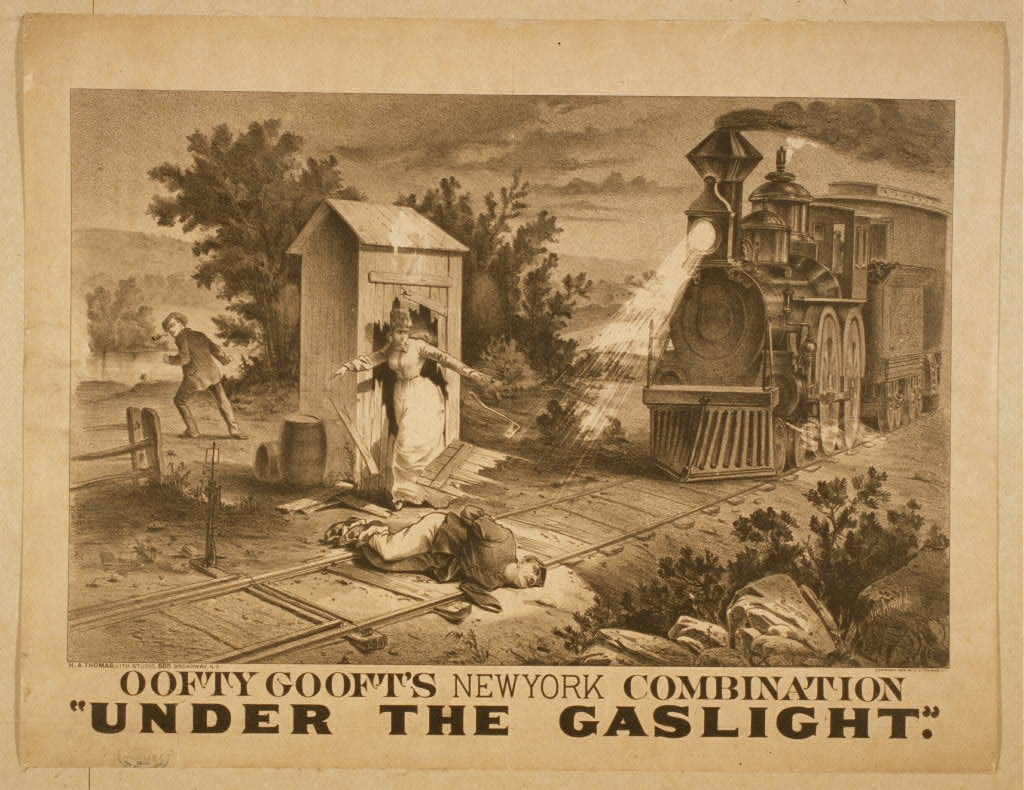 Our attention turns back to Charles Dickens as we hear a vivid passage describing the death of the nemesis of his novel Dombey and Son, published as a serial between 1846 and 1848; it is literature’s first death by train. Mention is also made of his classic ghost story, “The Signalman” from 1865.
Our attention turns back to Charles Dickens as we hear a vivid passage describing the death of the nemesis of his novel Dombey and Son, published as a serial between 1846 and 1848; it is literature’s first death by train. Mention is also made of his classic ghost story, “The Signalman” from 1865.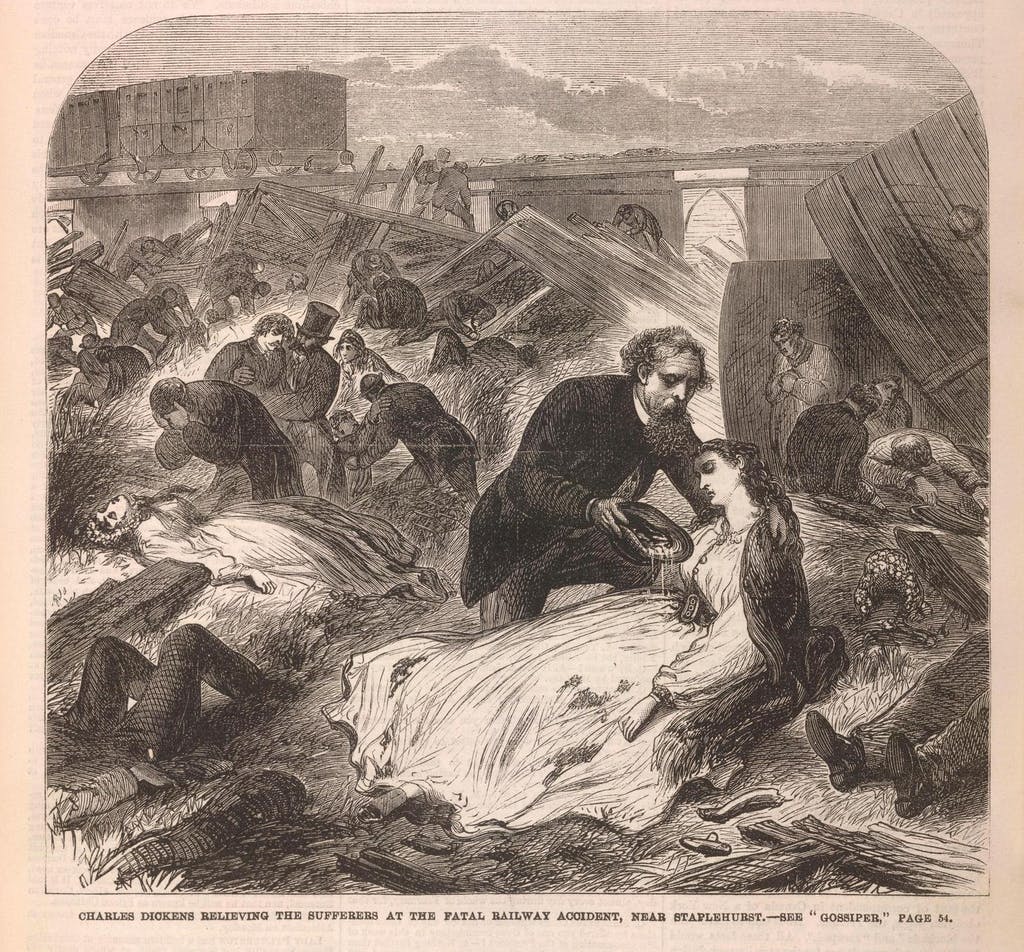
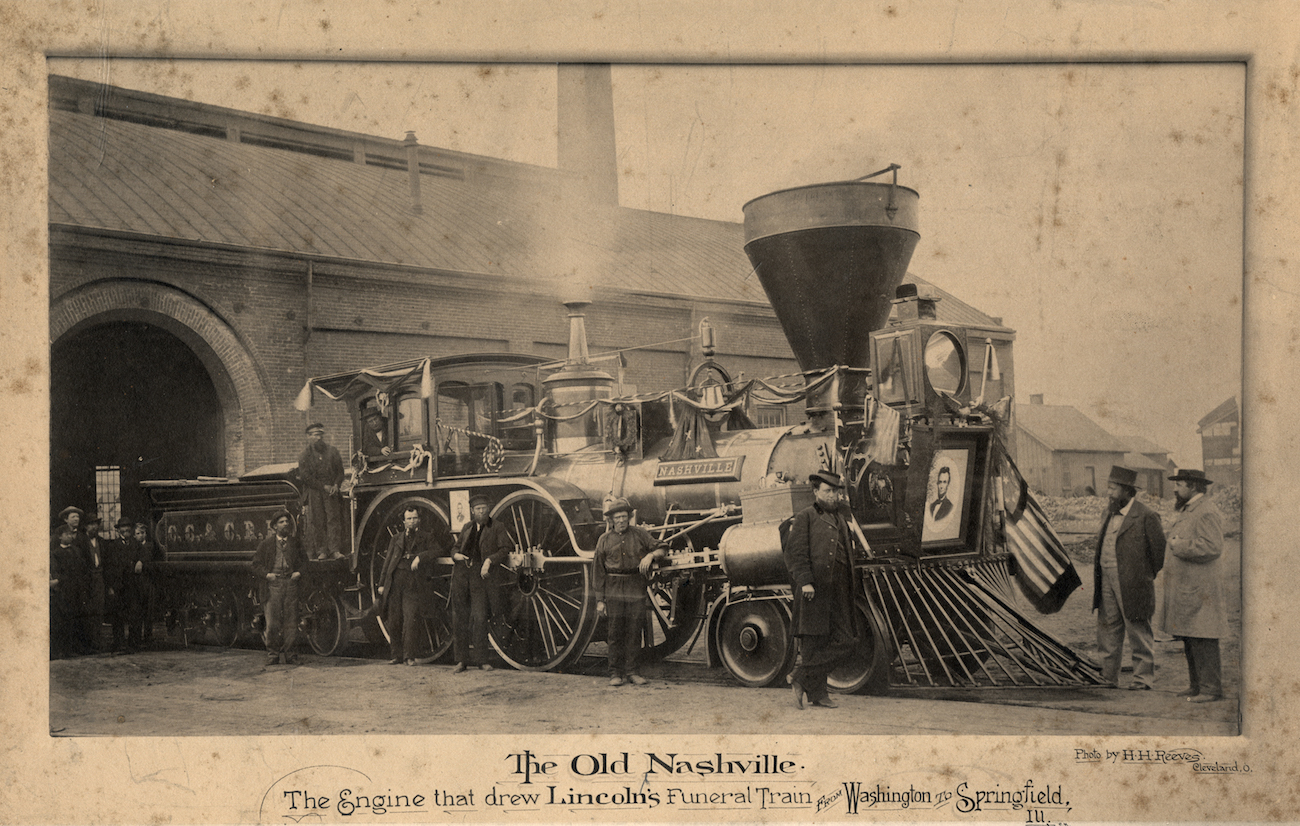 We then examine the musical phenomenon of songs that portray phantom trains as conveyances to the afterlife, in particular the gospel trope of Death as a Train that may arrive to unexpectedly whisk you off to the Great Beyond, thereby reminding listeners of the need to get right with God. An elaboration of this theme involves the Hell Train, driven by the Devil himself, one which takes those who refuse to make the afore-mentioned spiritual preparations. Included here are songs or song-sermons recorded by The Clinch Mountain Clan, The Carter Family, Rev. J. M. Gates, Rev. H.R. Tomlin, Rev. A.W. Nix, Chuck Berry, and Gin Gillette.
We then examine the musical phenomenon of songs that portray phantom trains as conveyances to the afterlife, in particular the gospel trope of Death as a Train that may arrive to unexpectedly whisk you off to the Great Beyond, thereby reminding listeners of the need to get right with God. An elaboration of this theme involves the Hell Train, driven by the Devil himself, one which takes those who refuse to make the afore-mentioned spiritual preparations. Included here are songs or song-sermons recorded by The Clinch Mountain Clan, The Carter Family, Rev. J. M. Gates, Rev. H.R. Tomlin, Rev. A.W. Nix, Chuck Berry, and Gin Gillette.